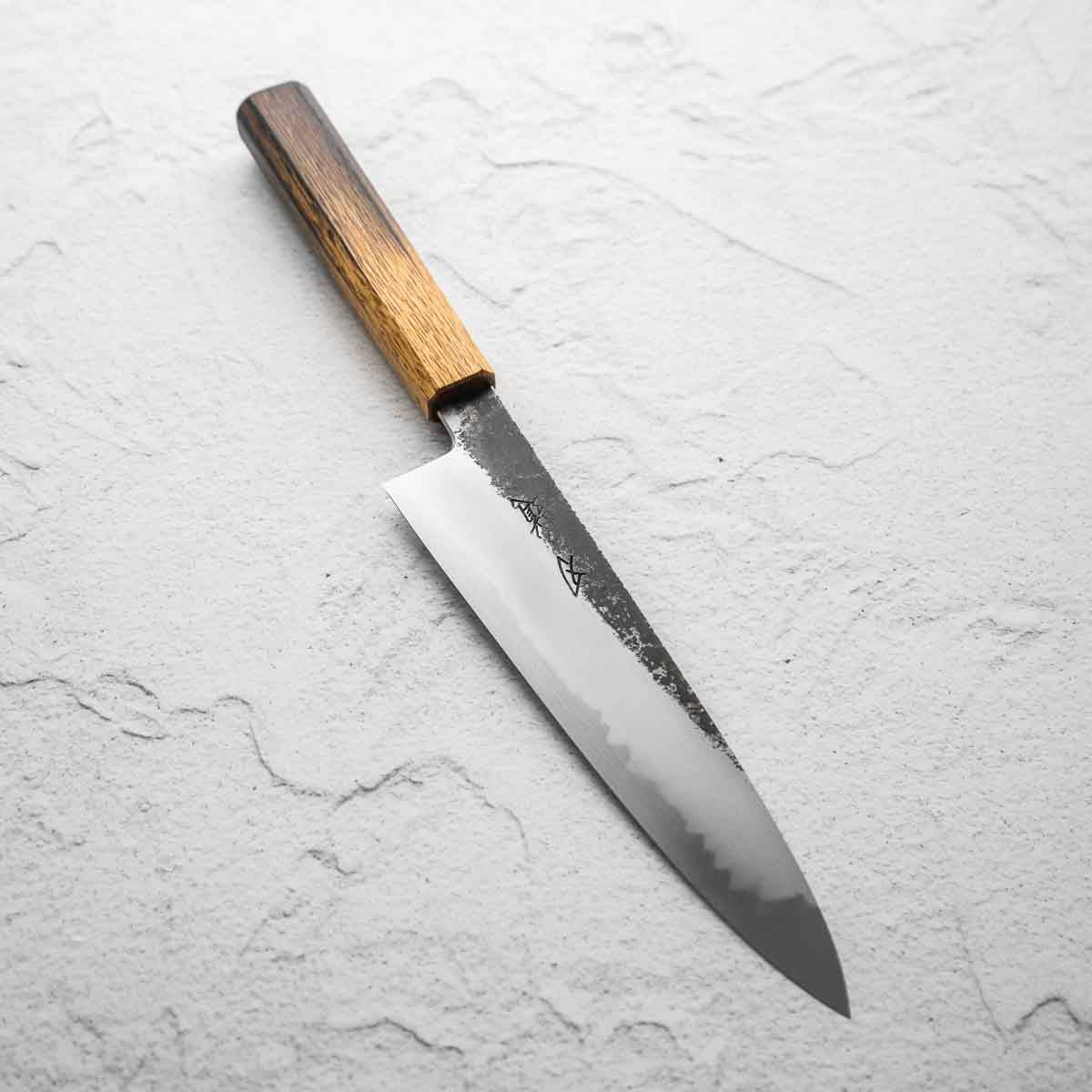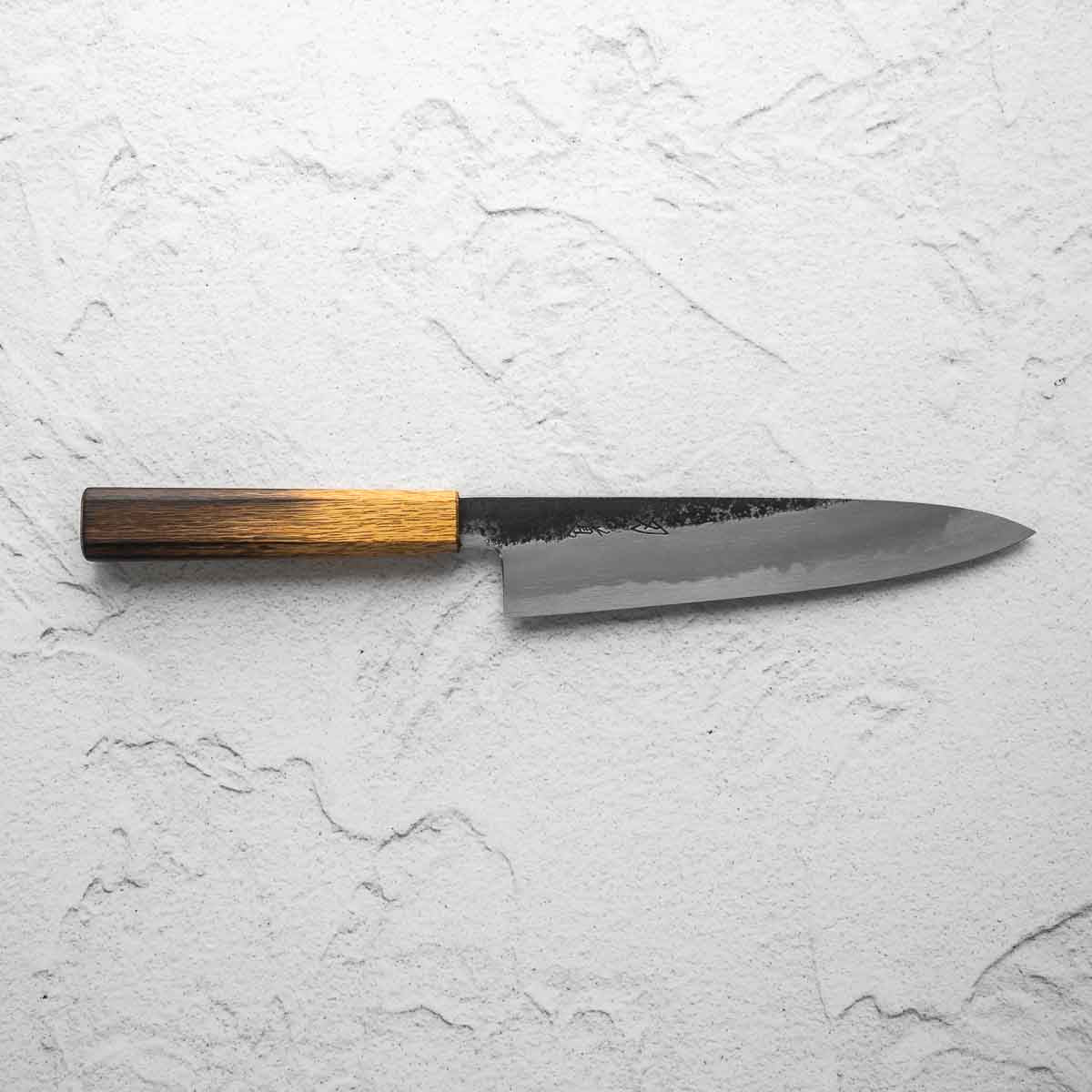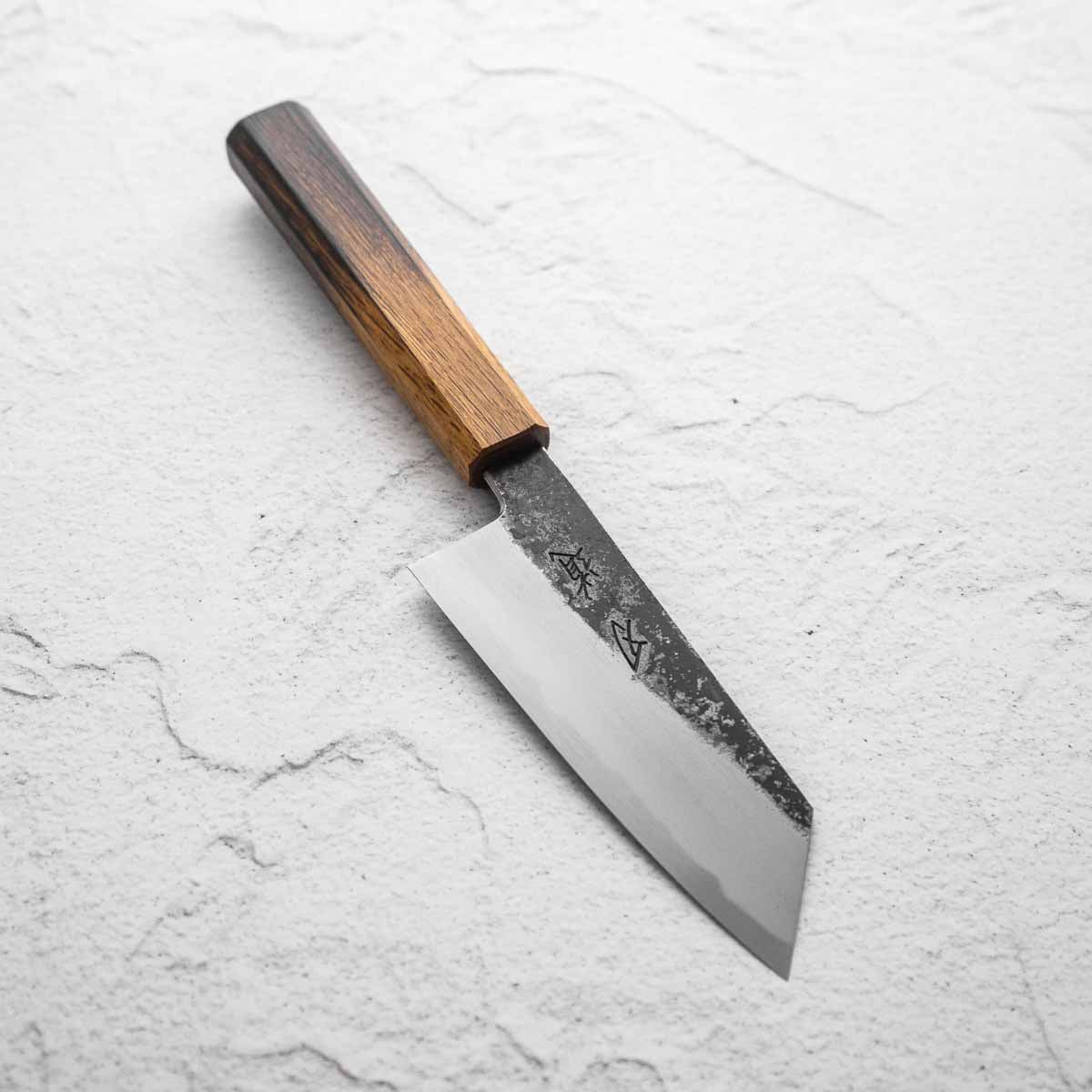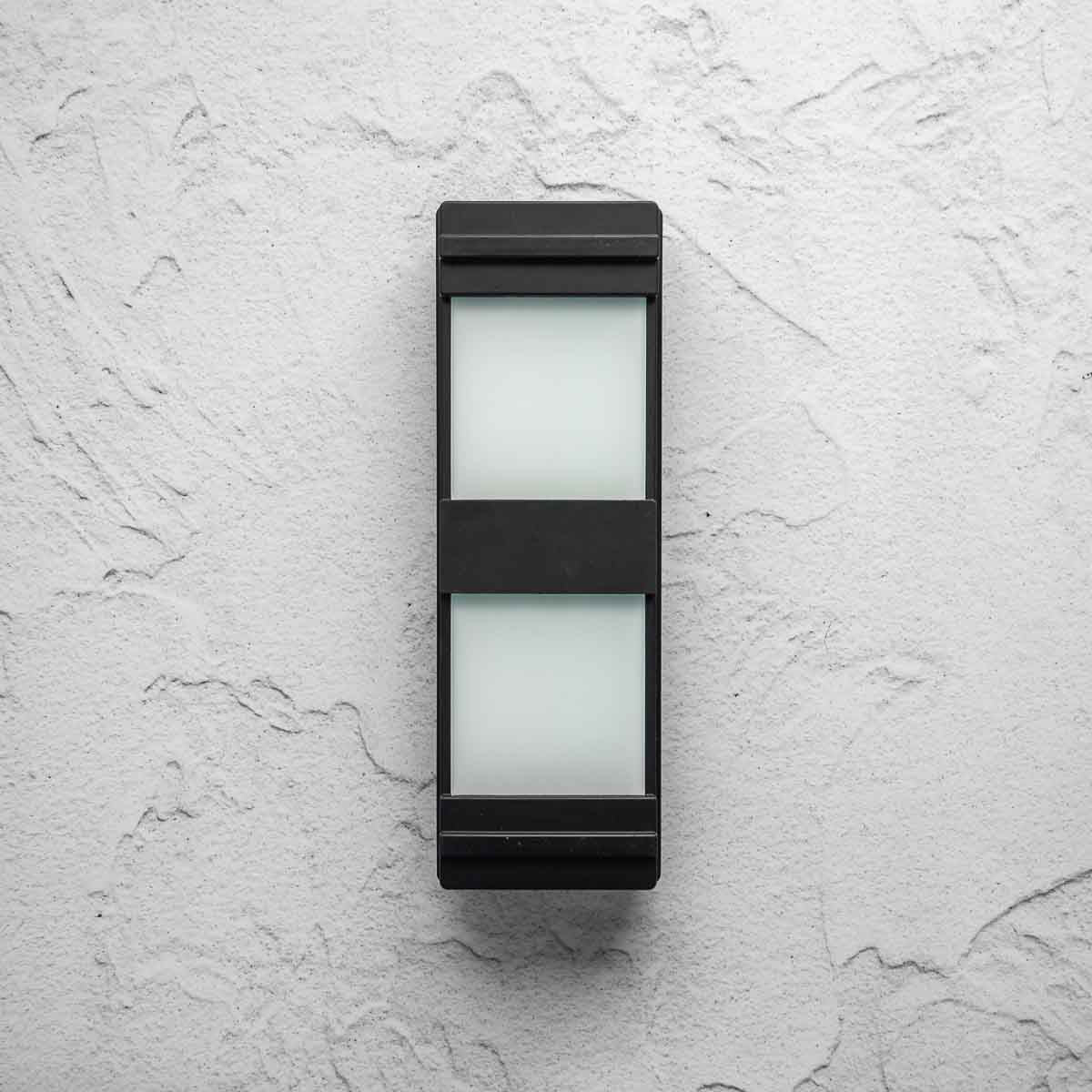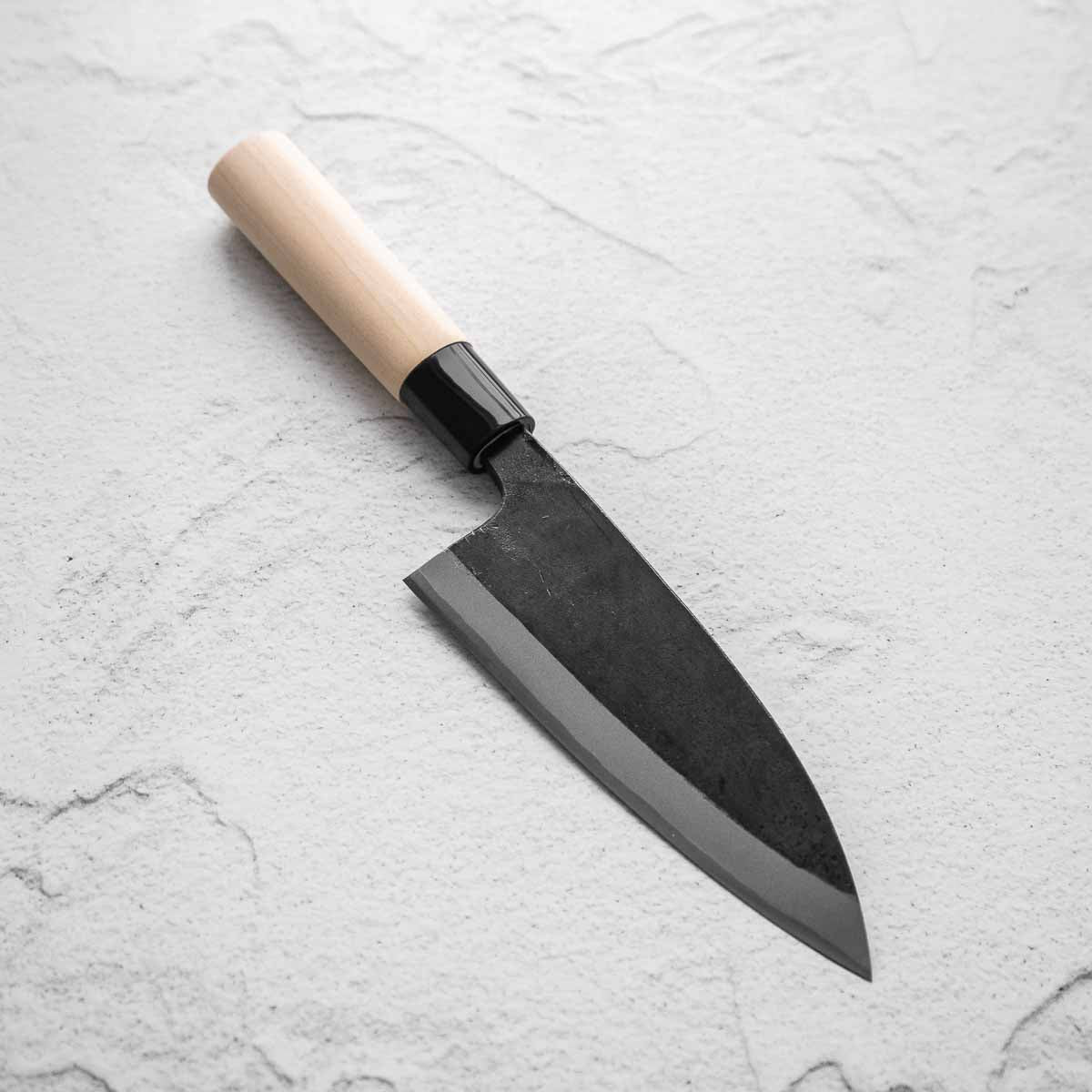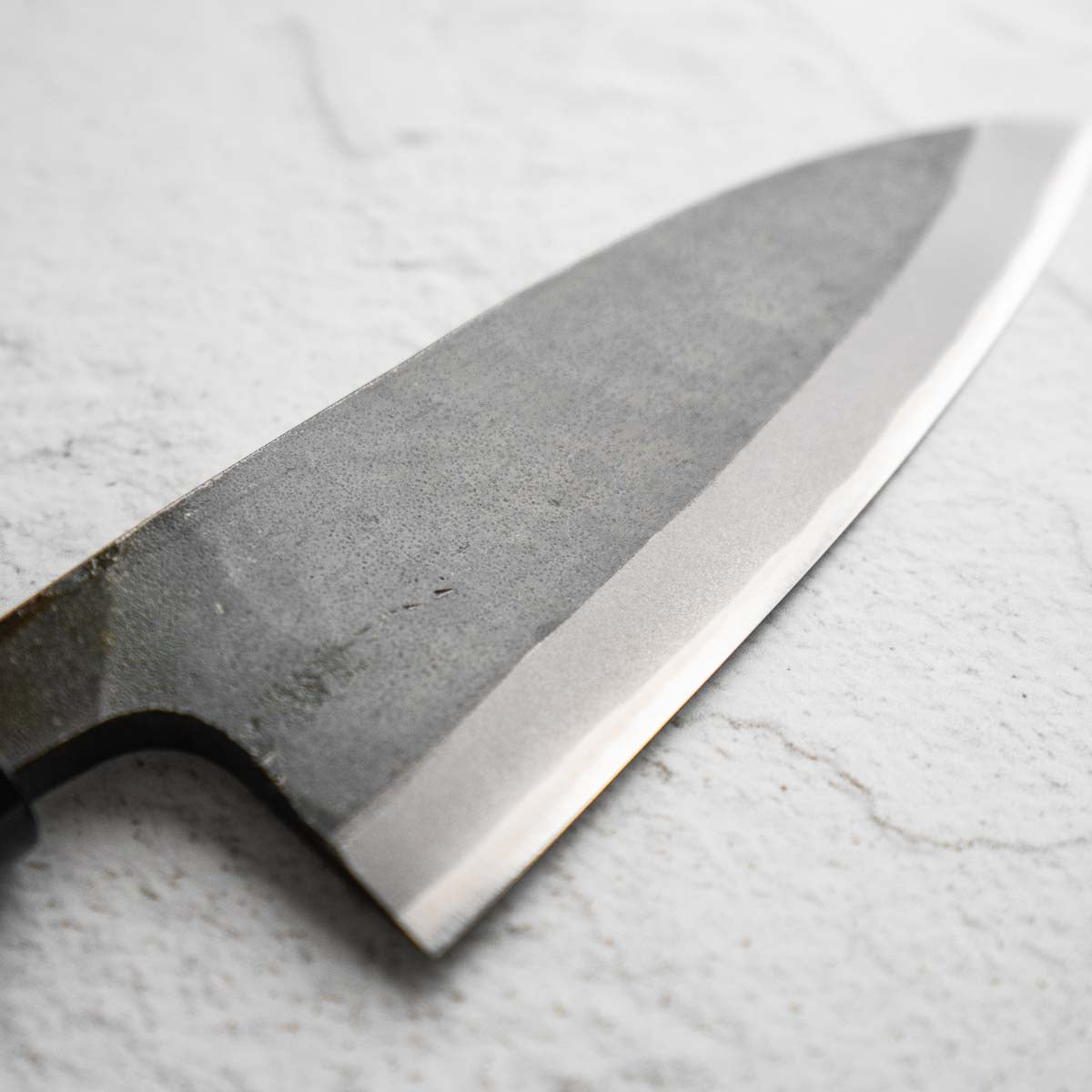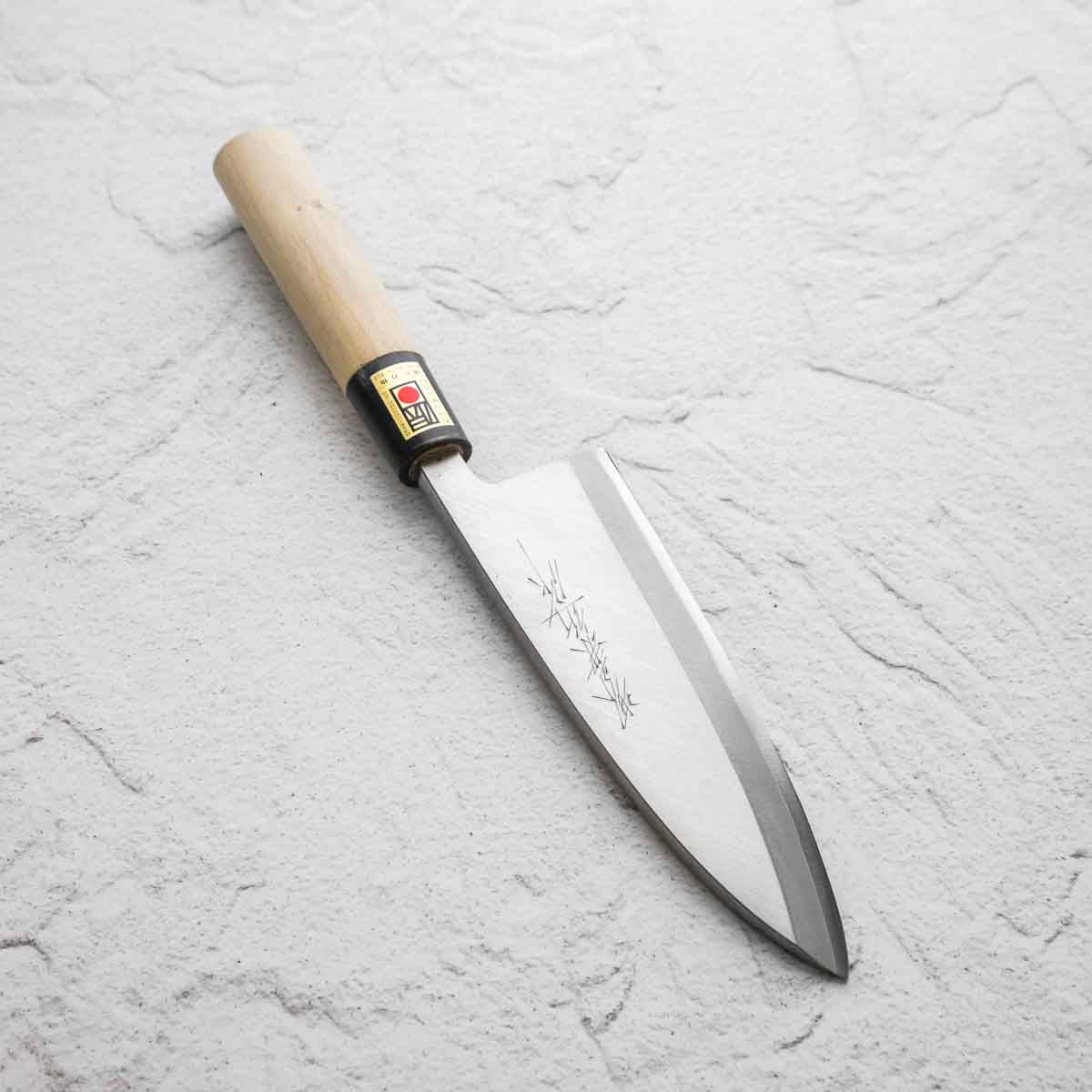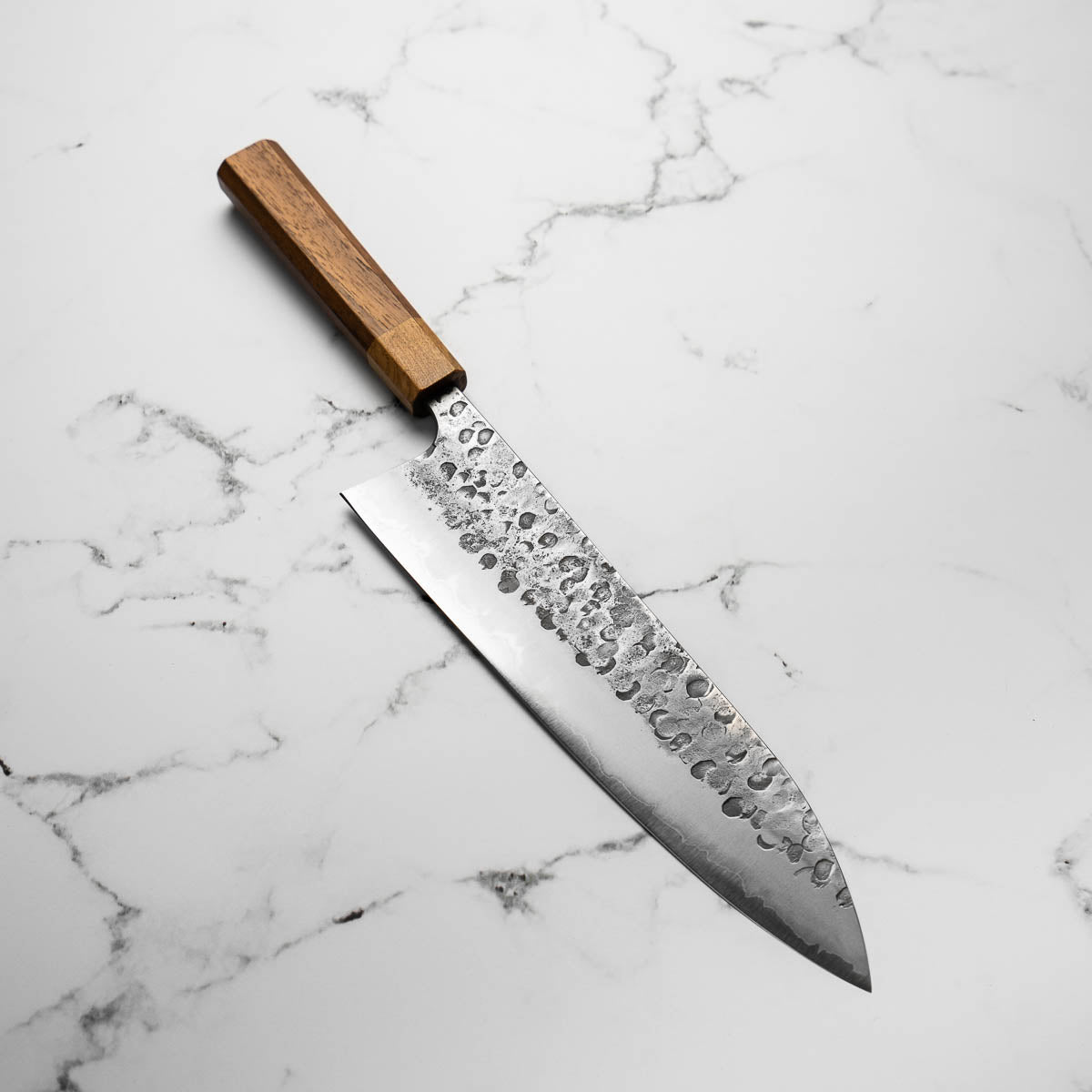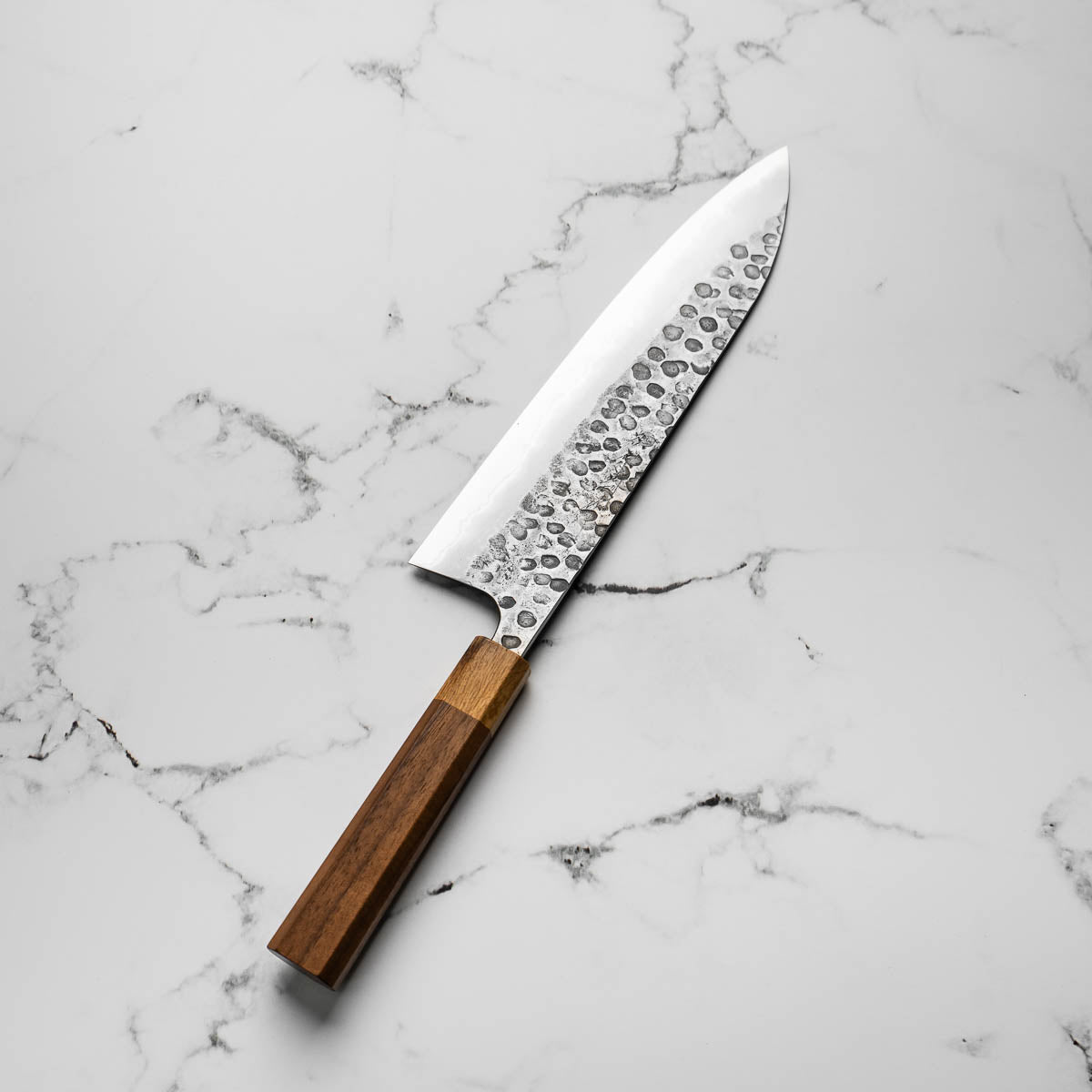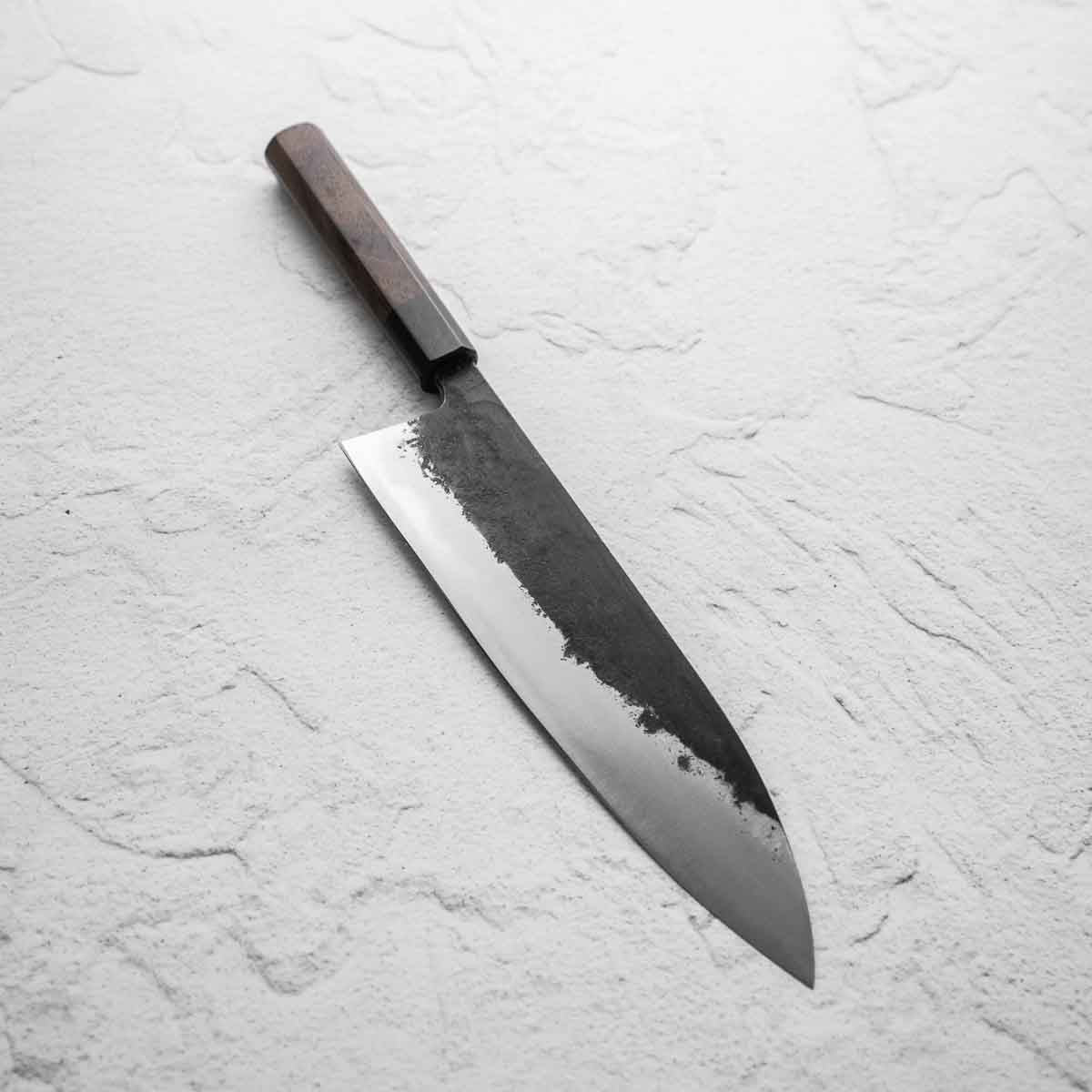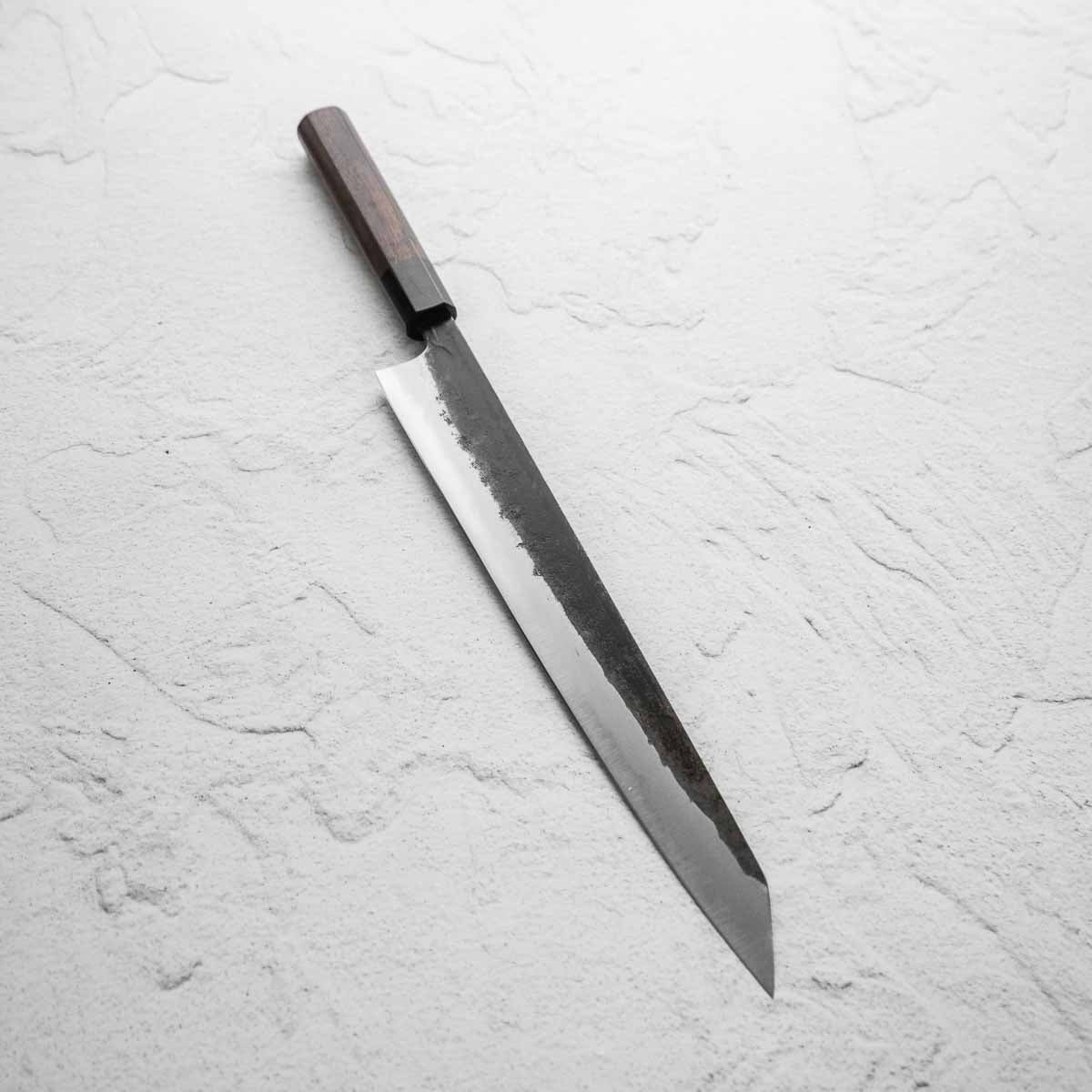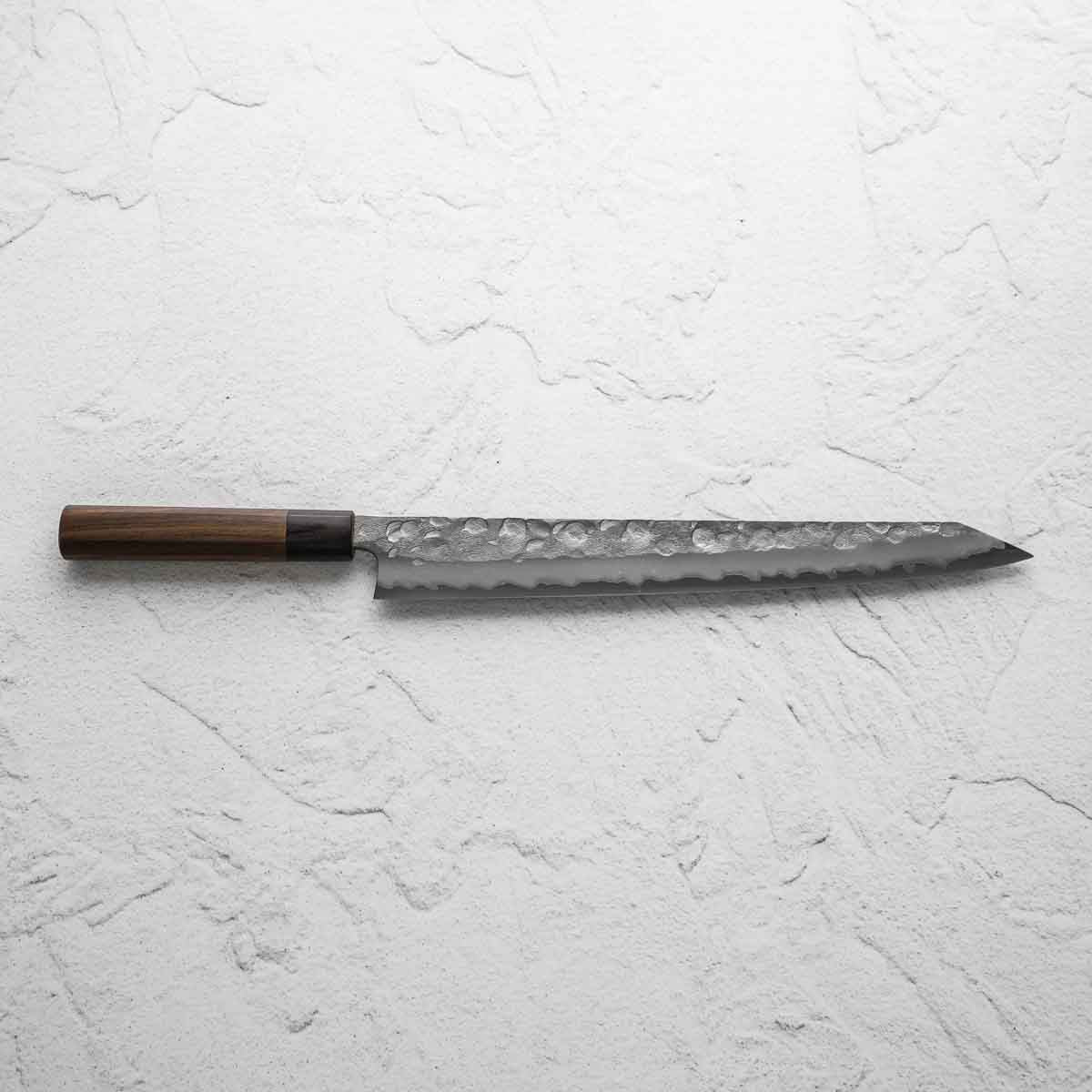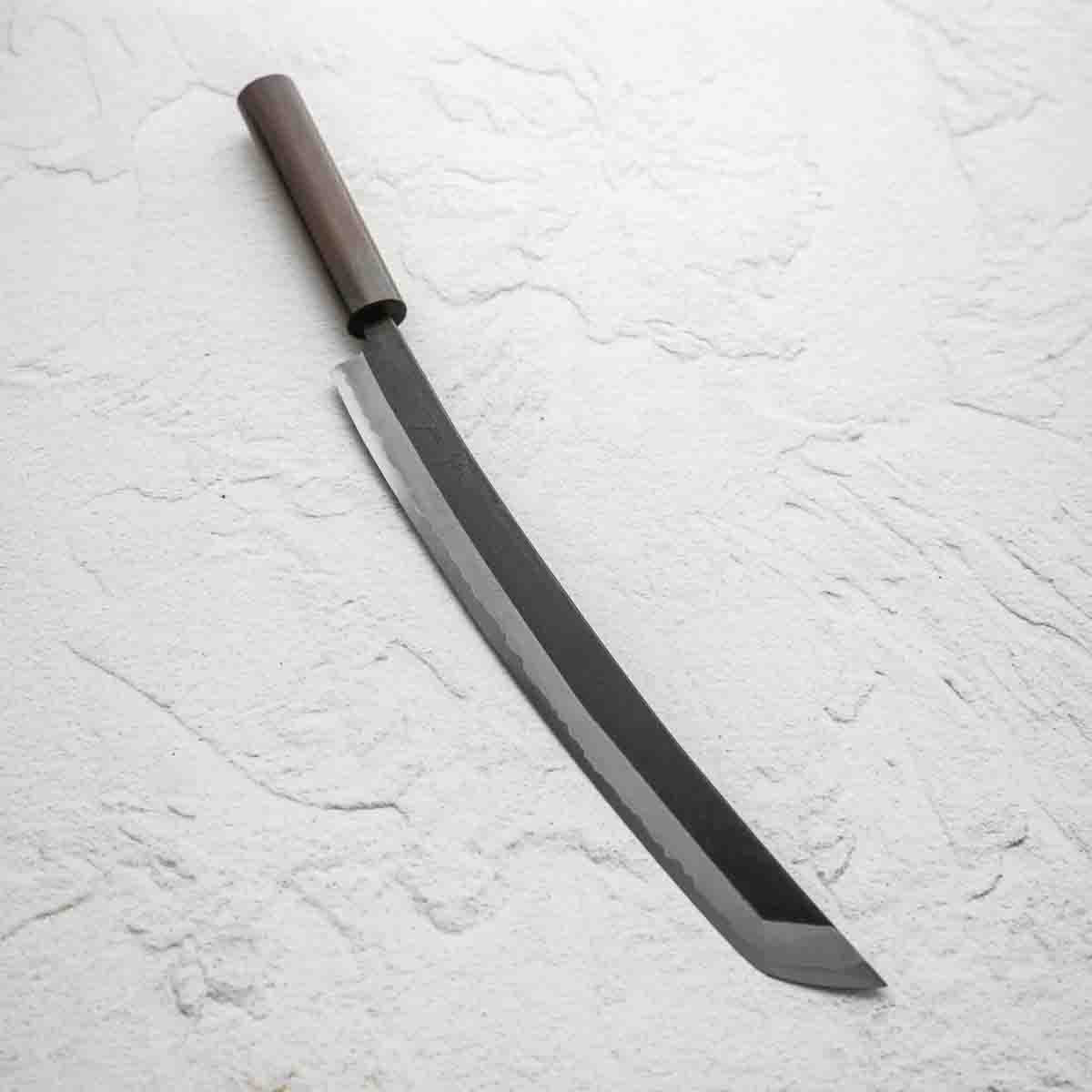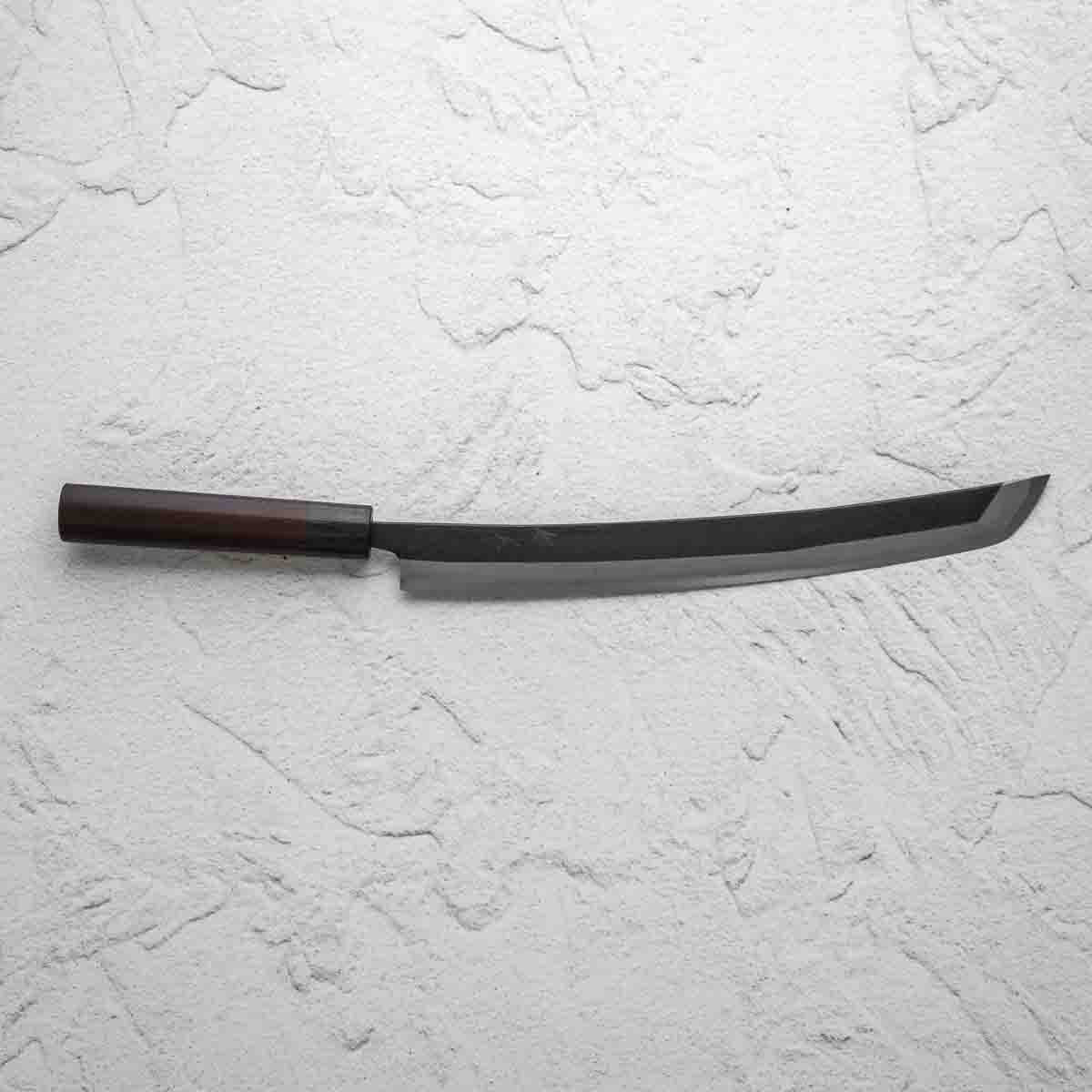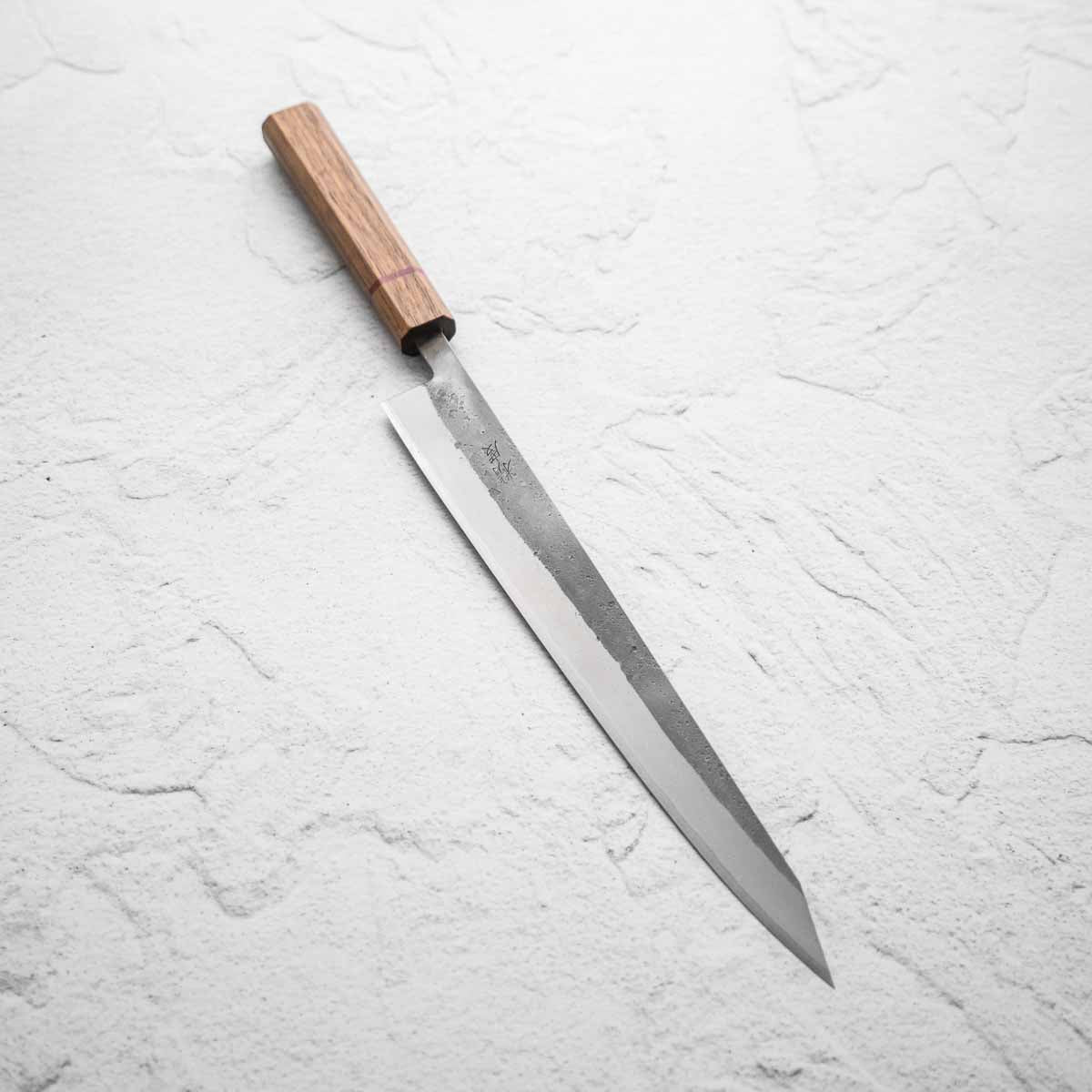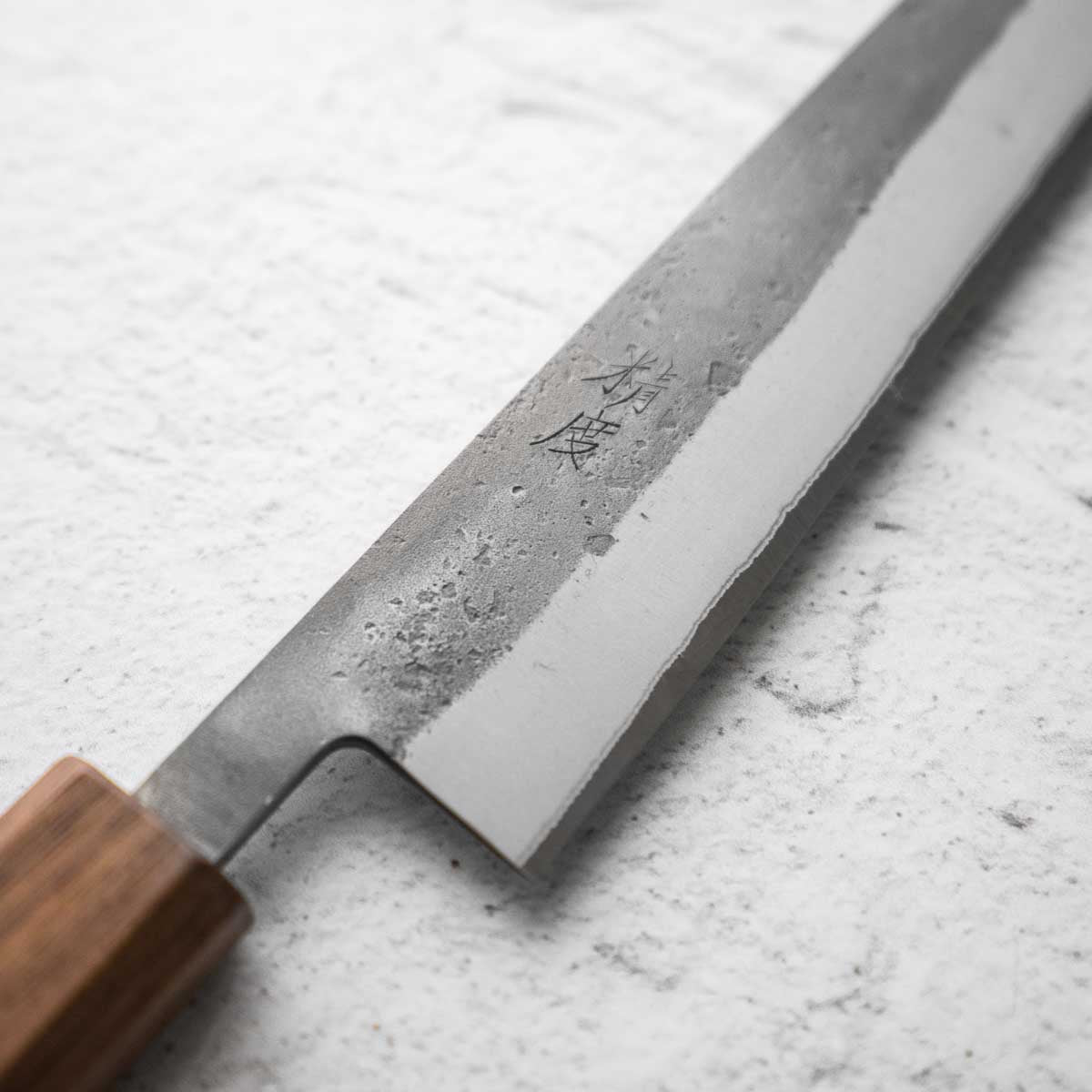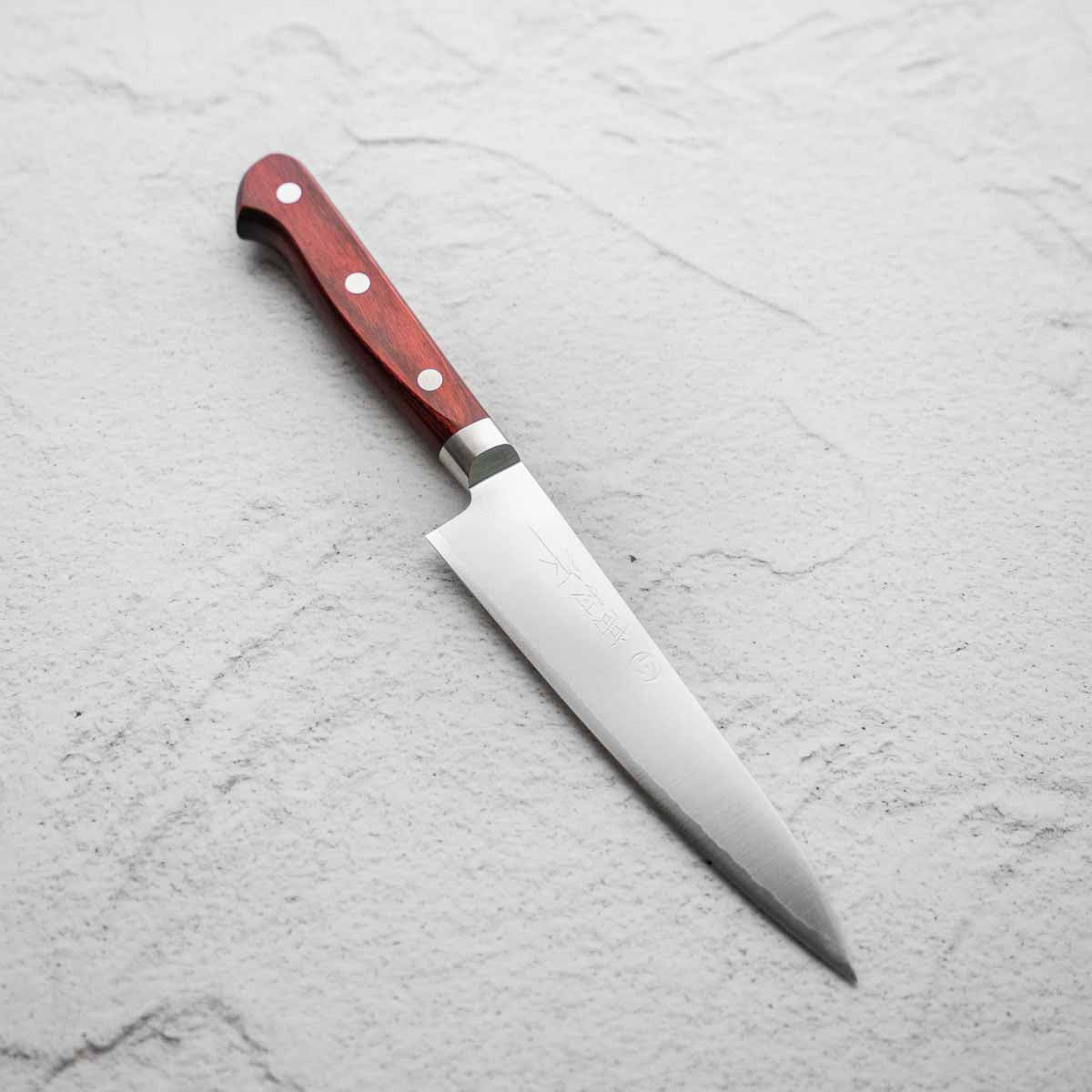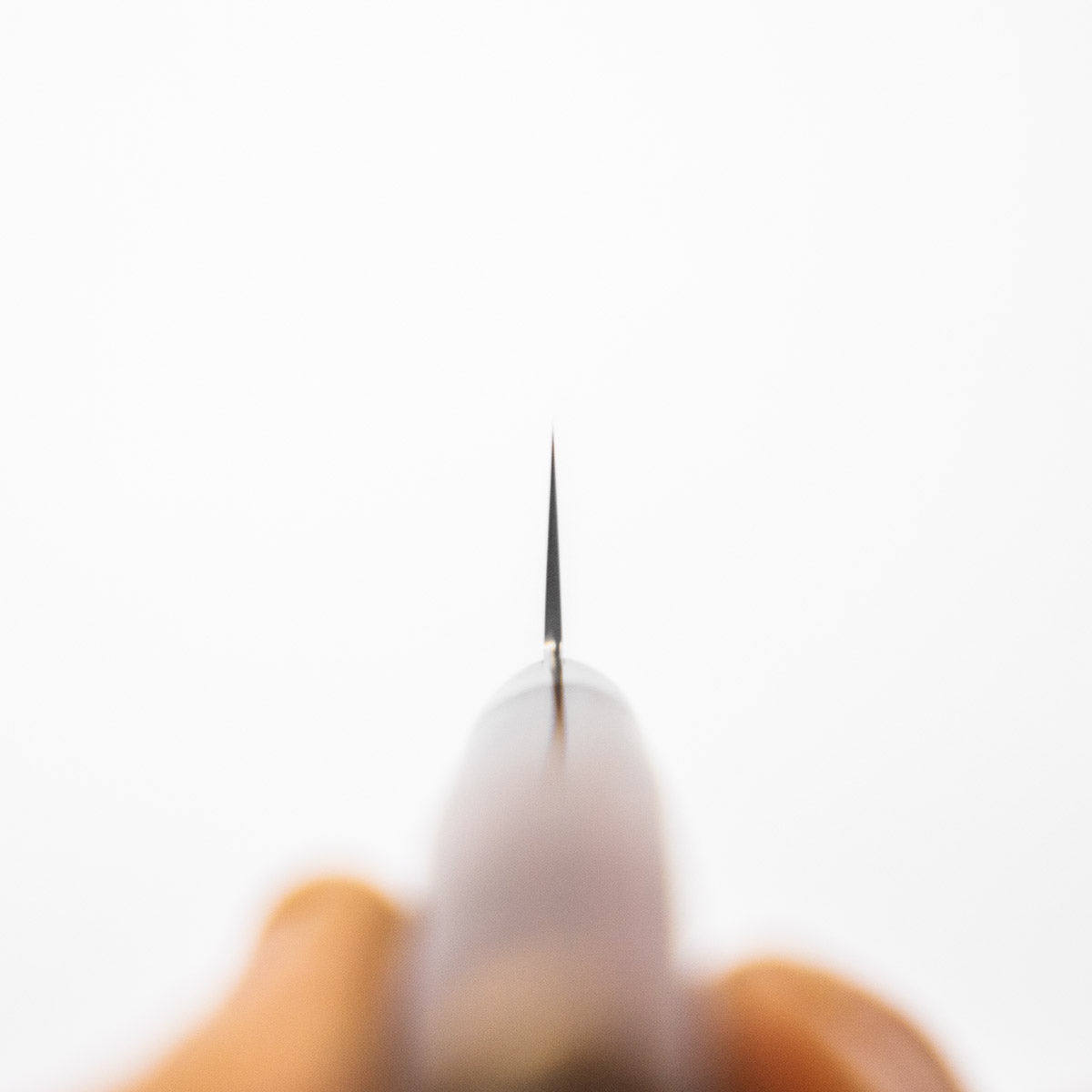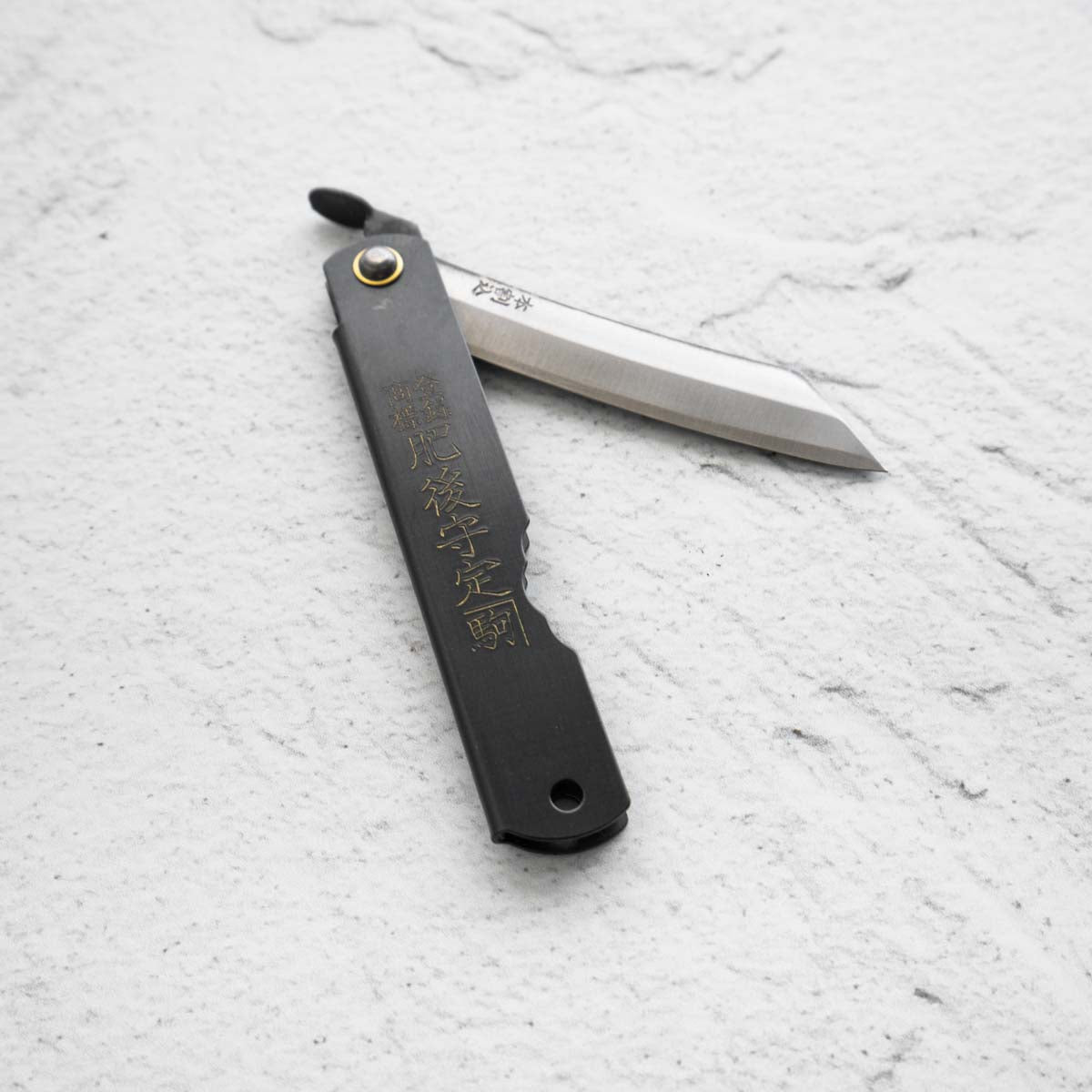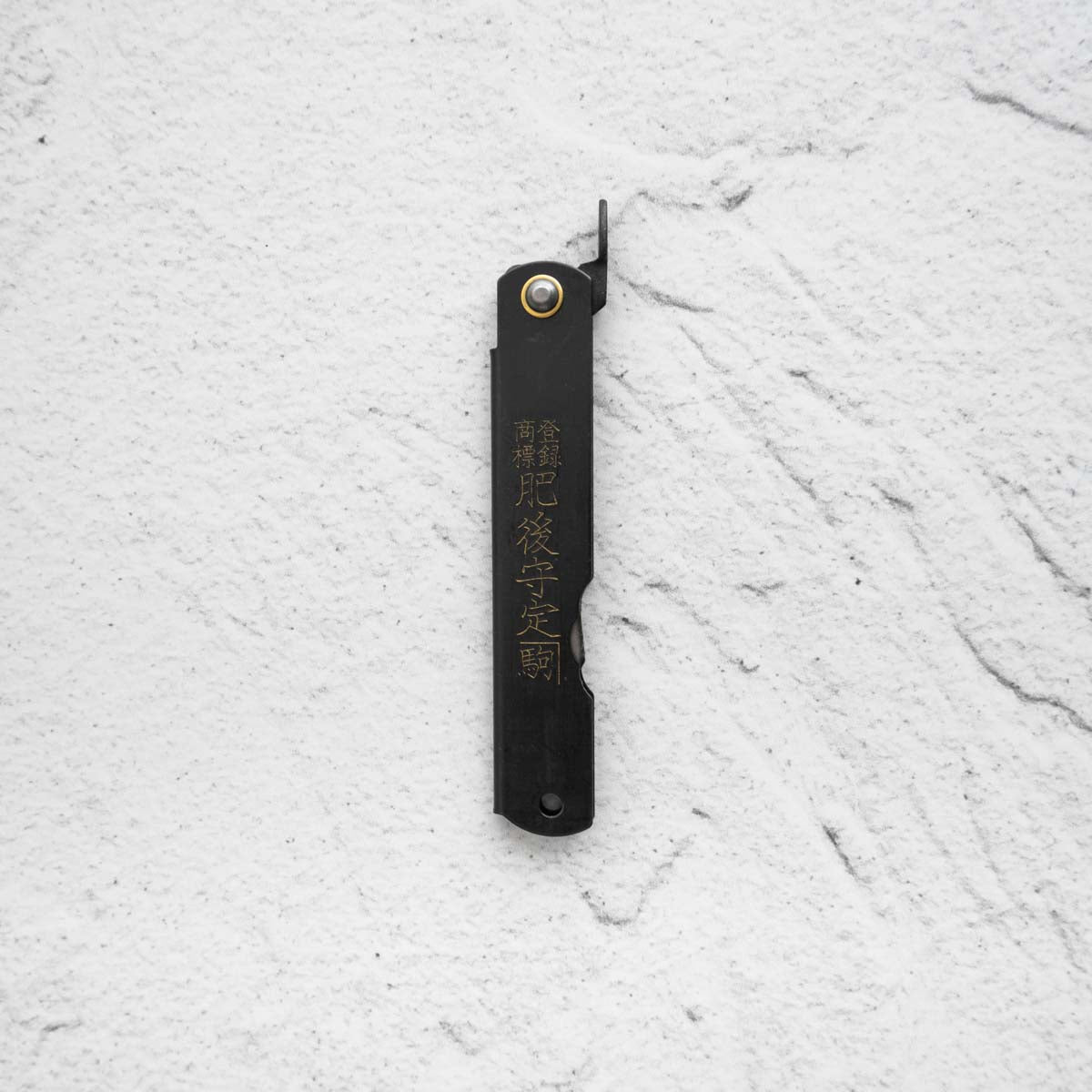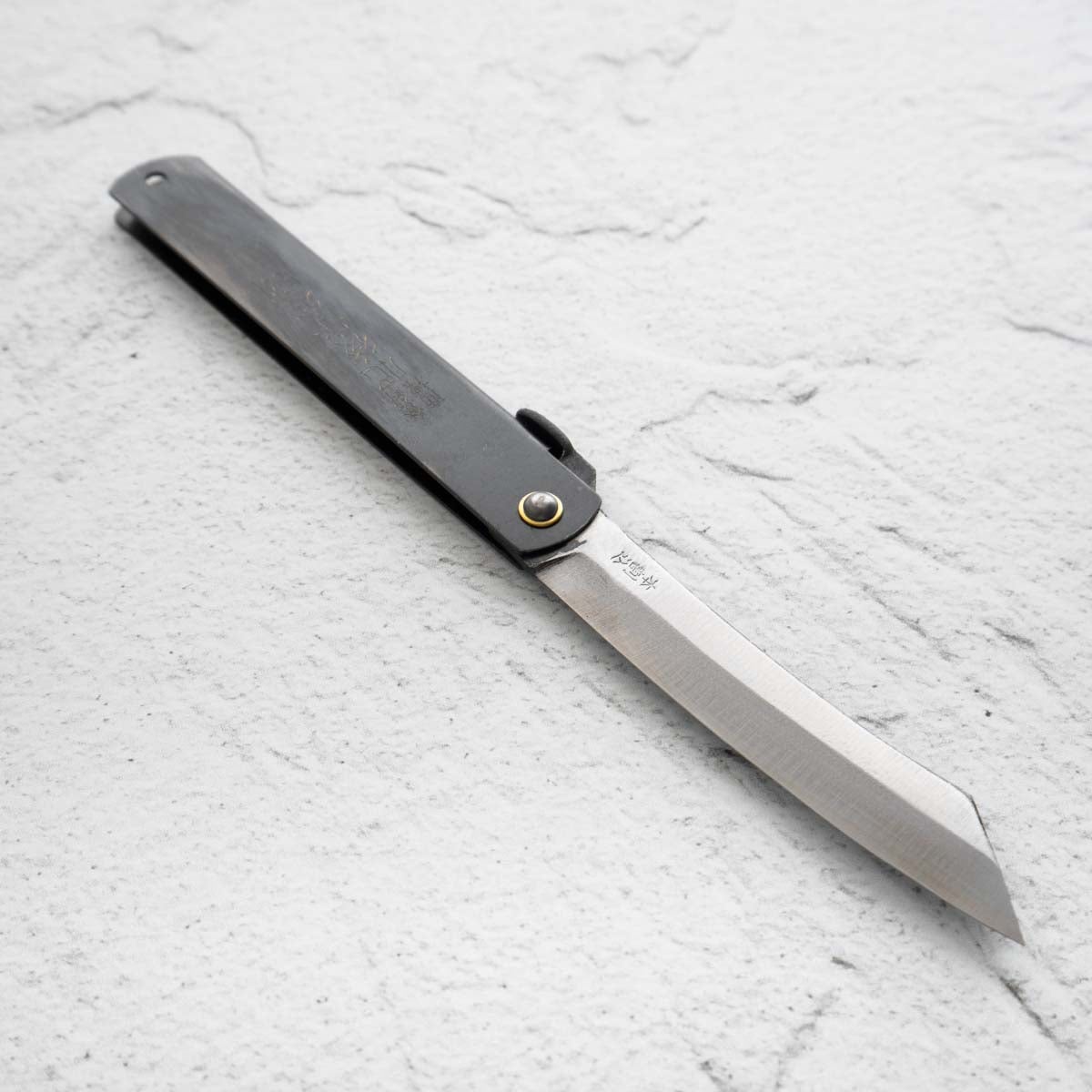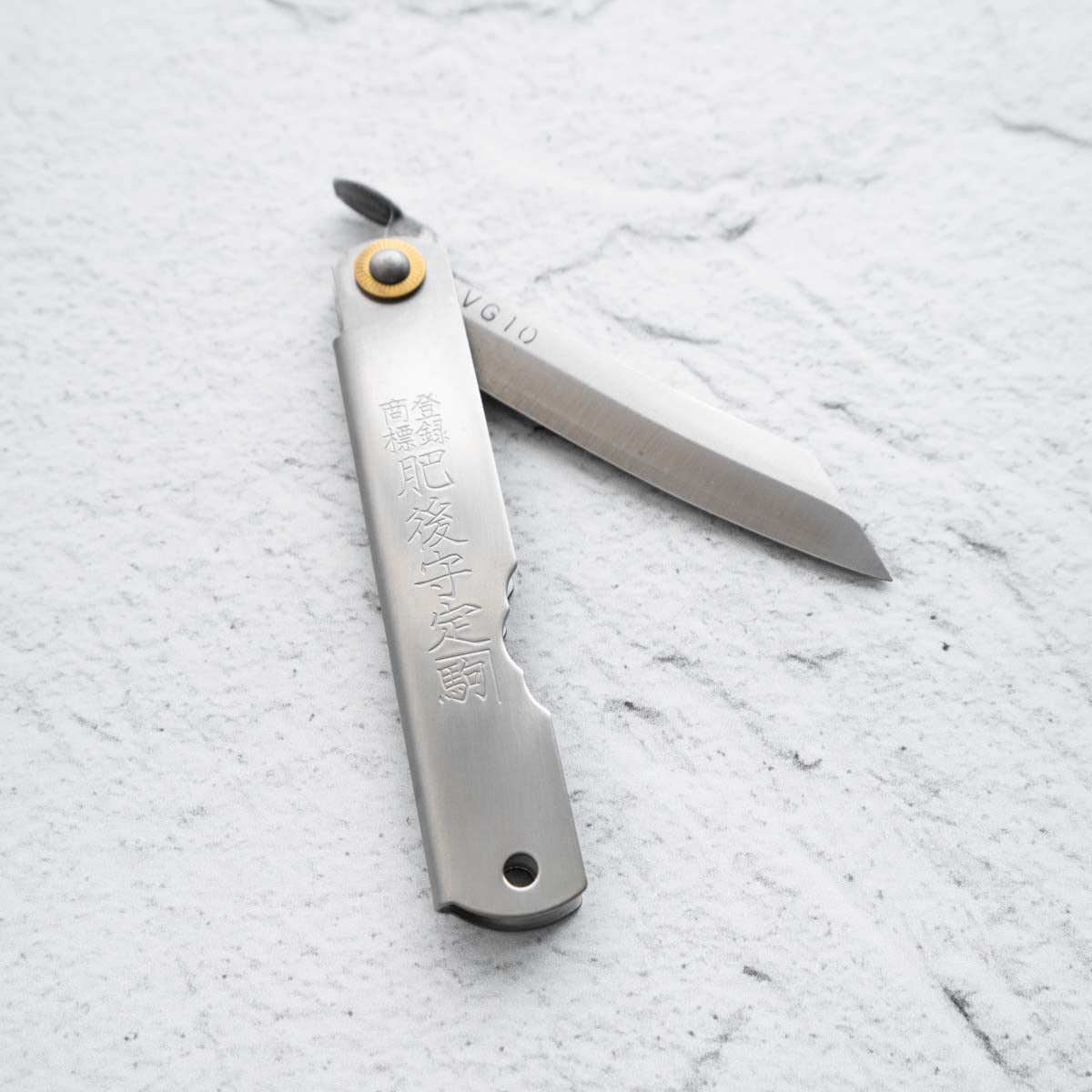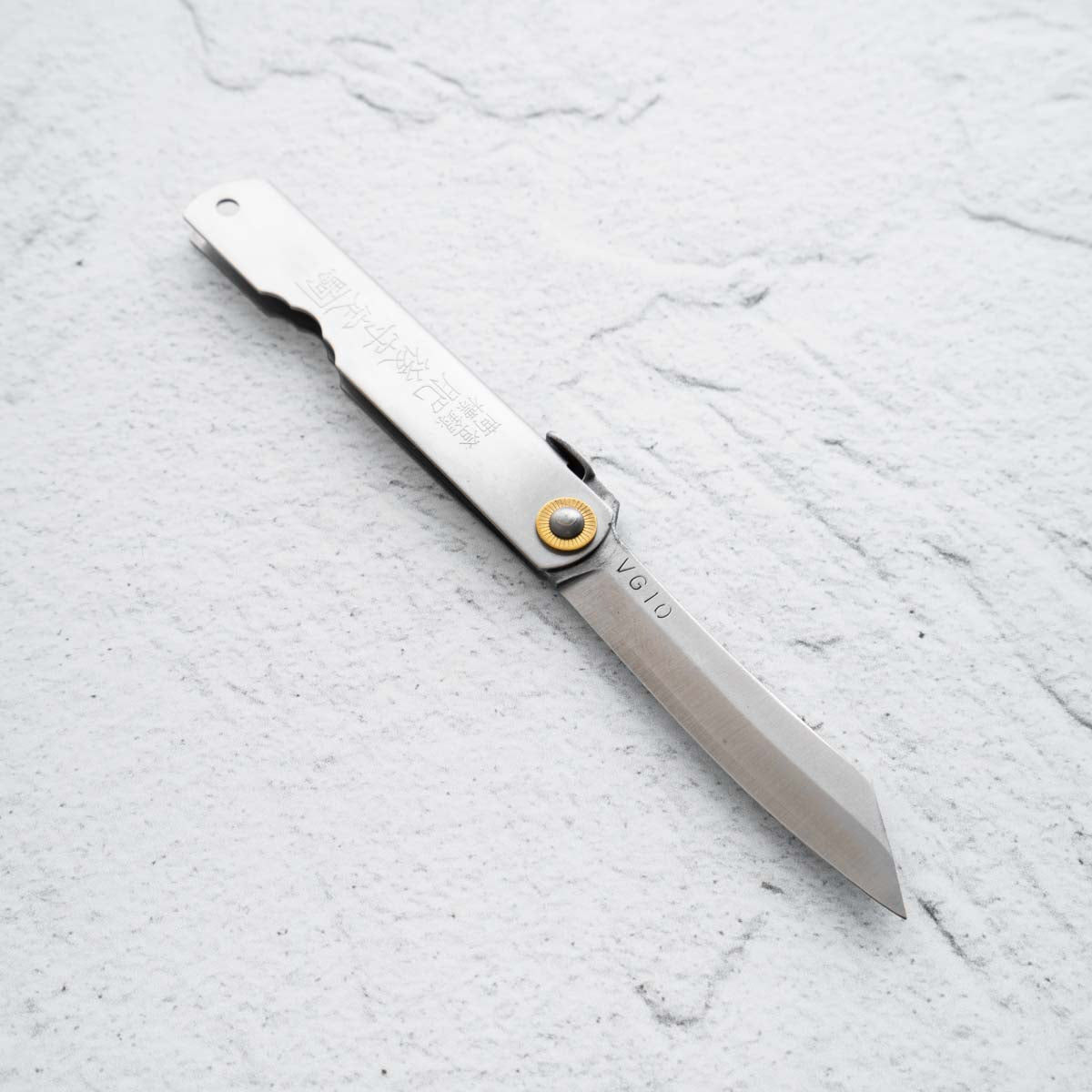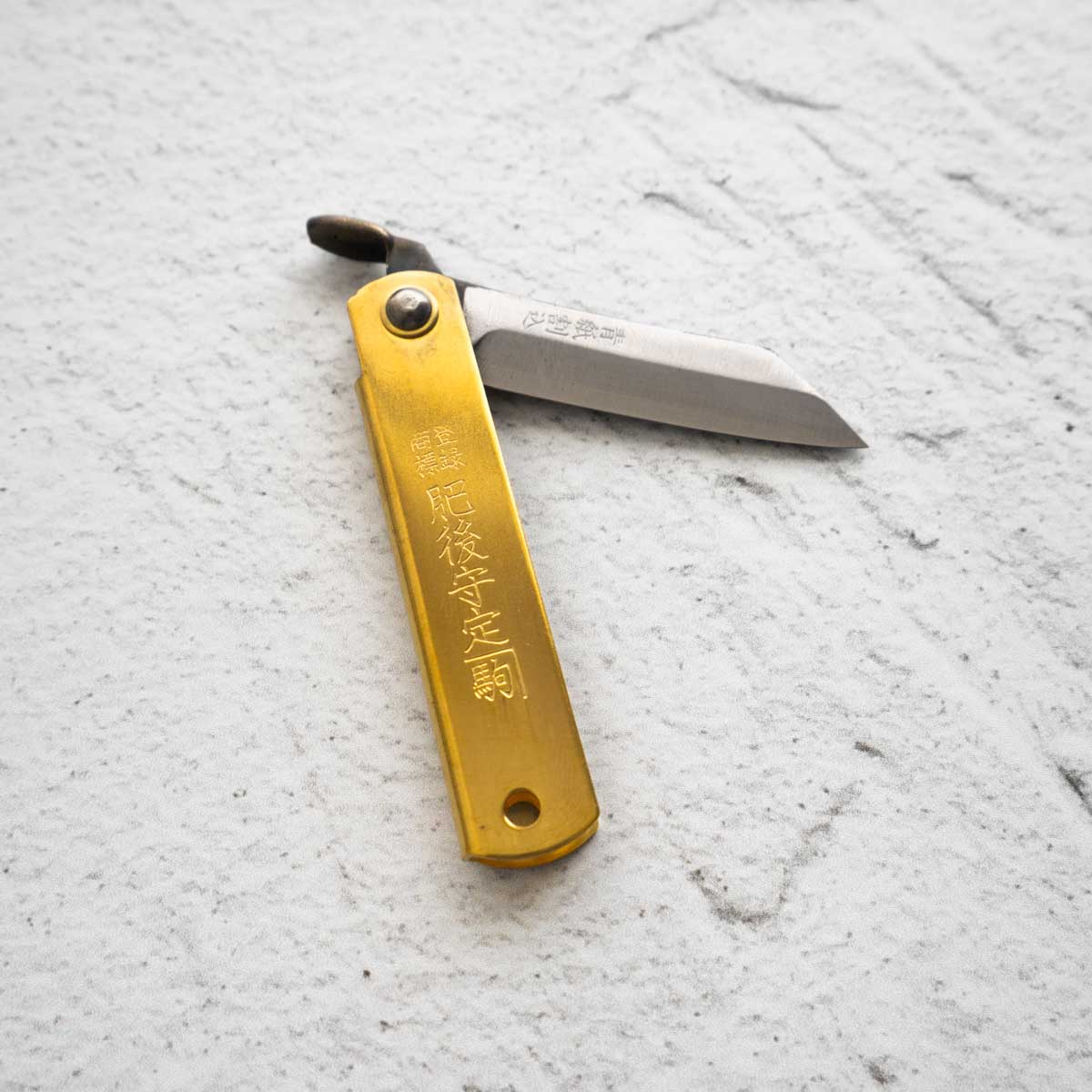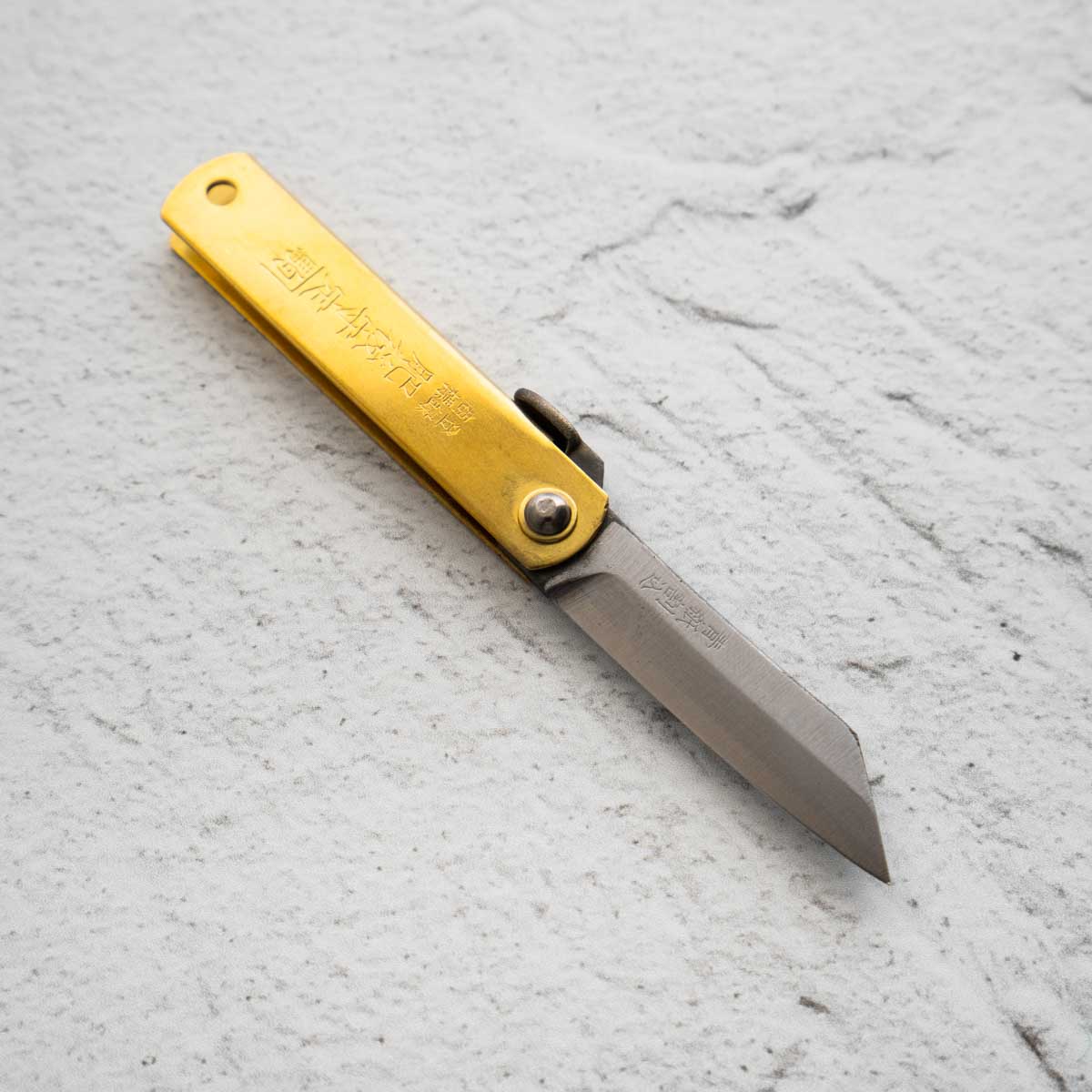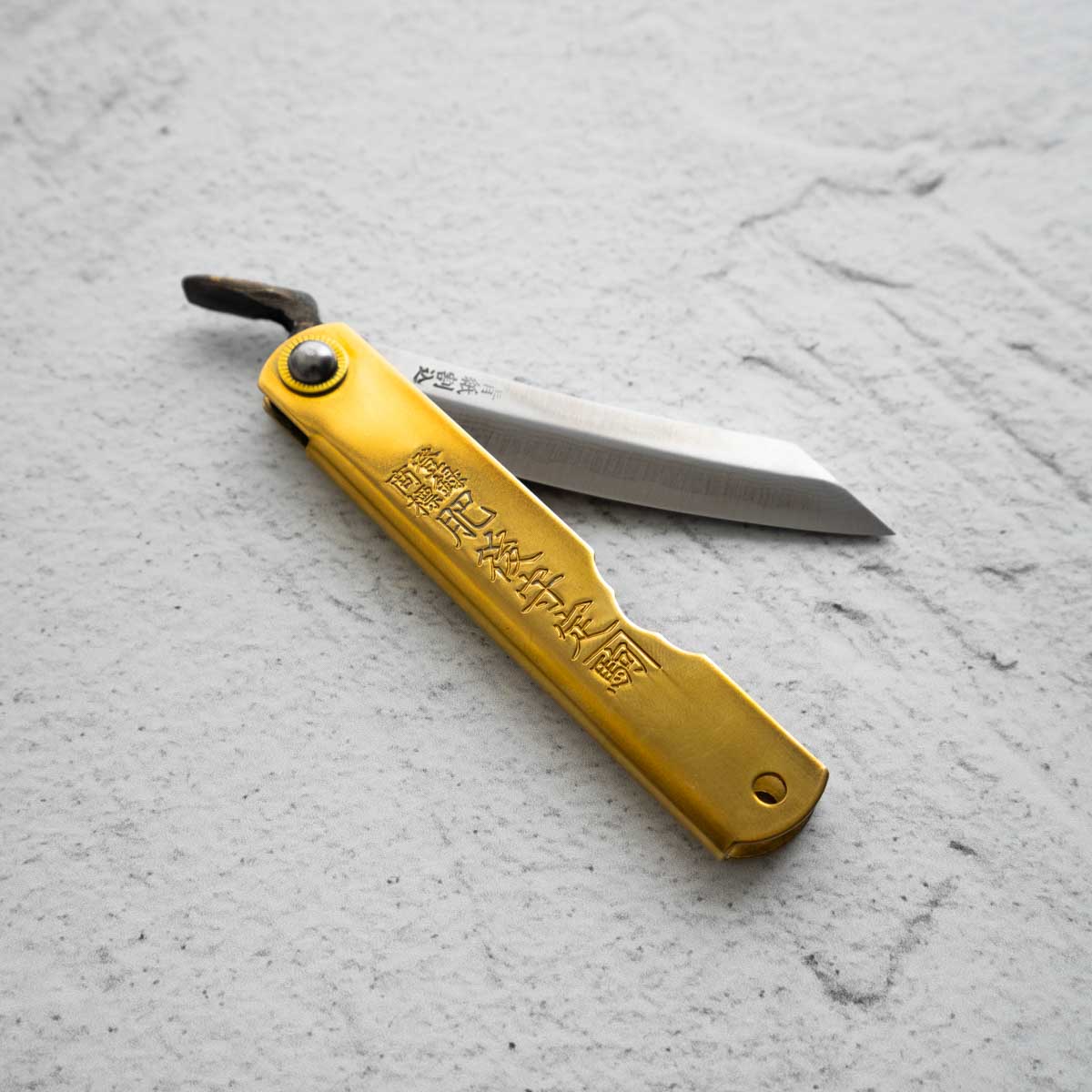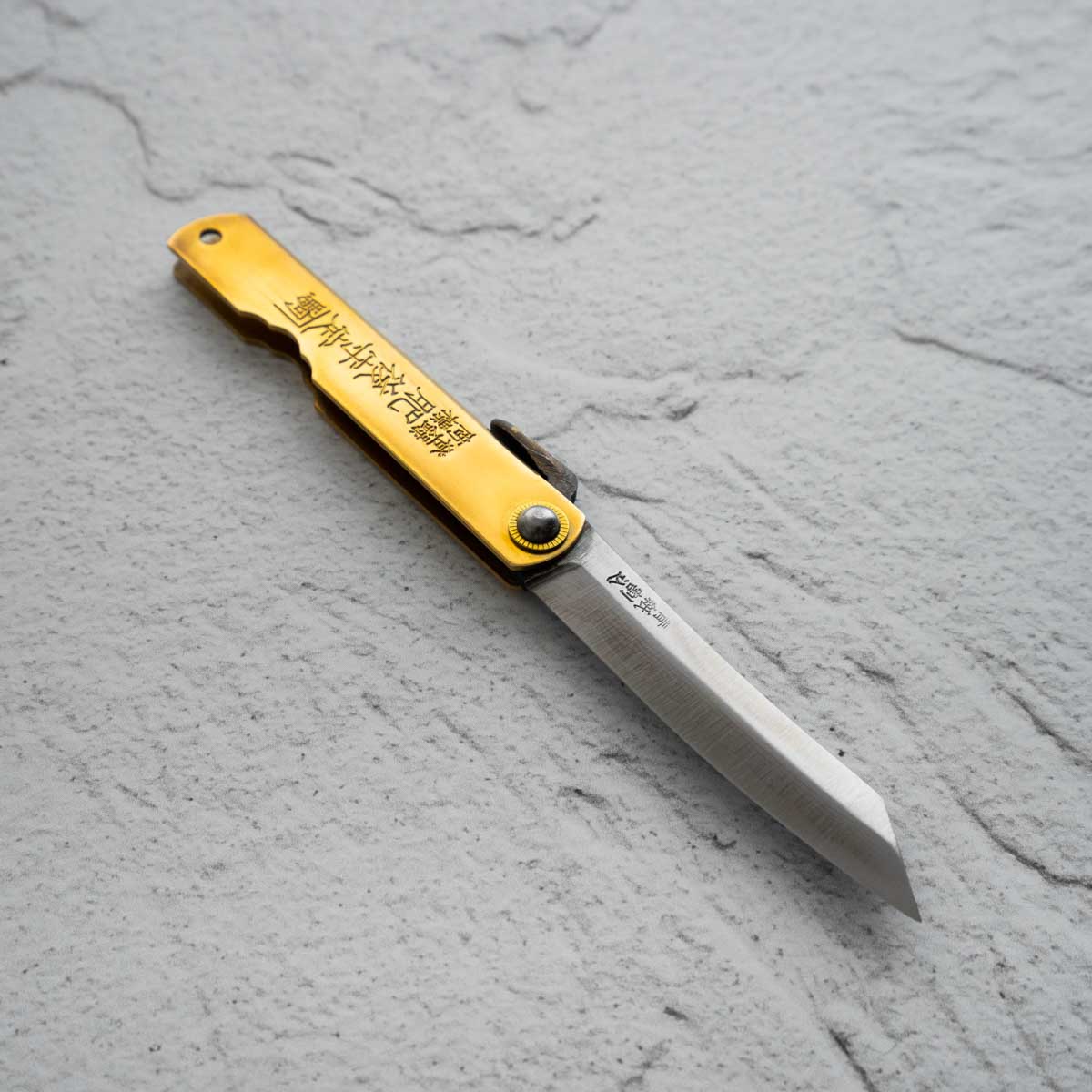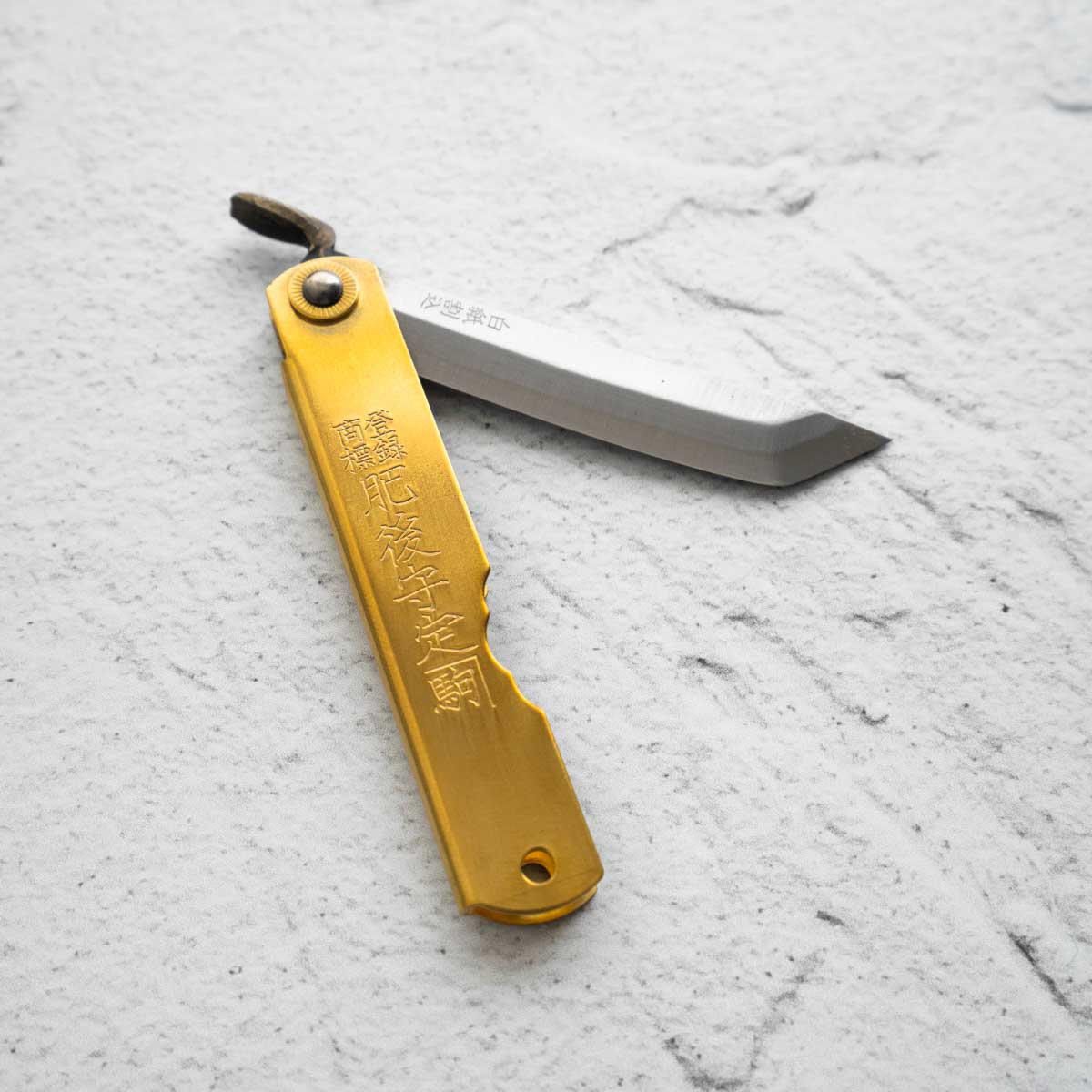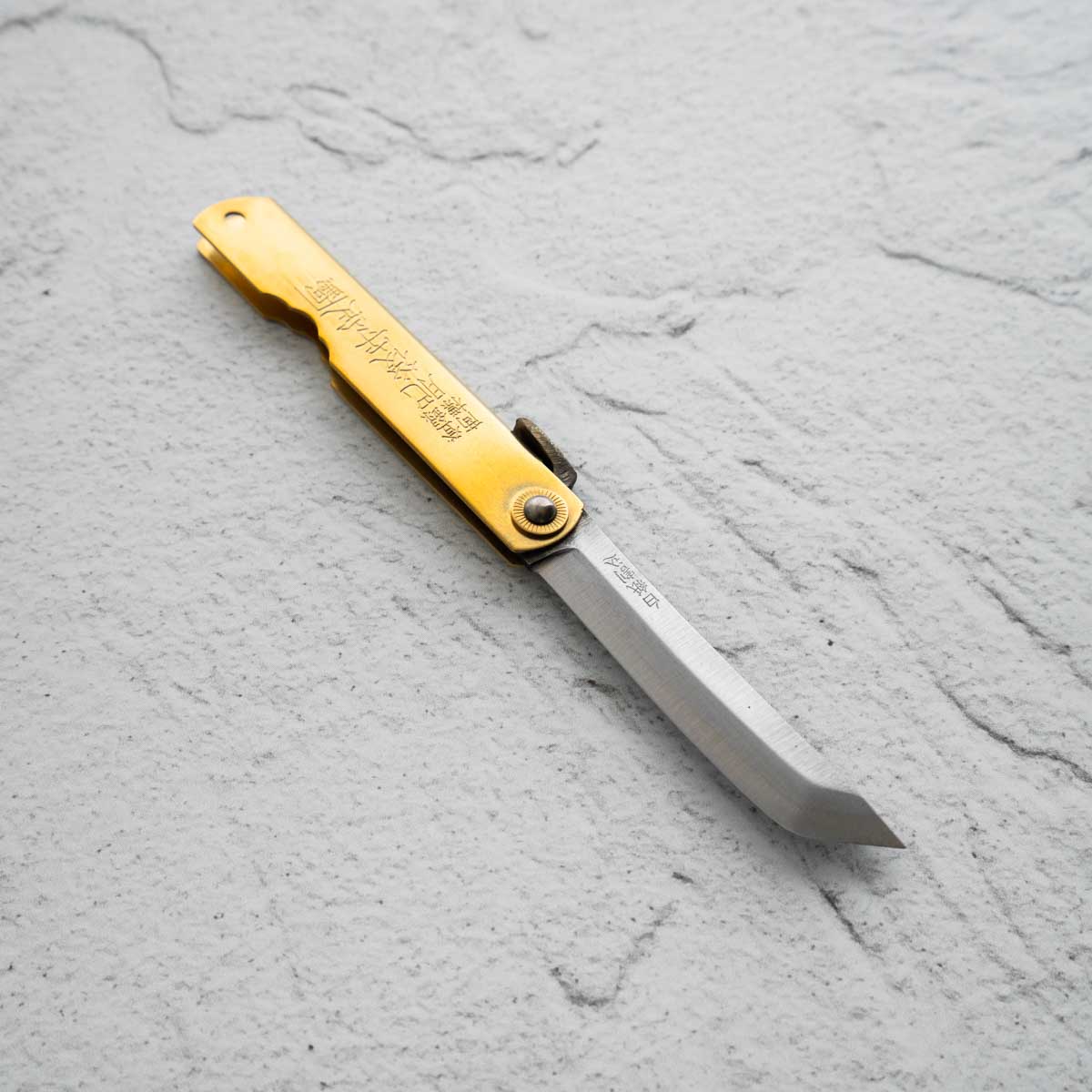Sort by:
1562 products
1562 products
Accessories Information
The GlassStone series of sharpening stones uses a revolutionary design to provide great usability within a thin package formed from a combination of glass layers. The conventional image is that sharpening stones are large and heavy, but GlassStones are not only thin and light, but also strong, as layers of tempered glass are stuck together. GlassStones therefore have strong resistance to cracking or sudden breakage caused by external shocks such as being dropped.
Shapton stones do not need to be soaked except the very first time after purchase. We do recommend that on first use, you pre-soak the stone in water for five to six minutes to secure even smoother sharpening. Shapton stones do not need a Nagura Stone, and lapping with a Nagura Stone will leave the surface rough and ragged.
- Overall size: 210 x 70 x 10mm
- Abrasive layer: 5mm
- Micron: 4.9
- Mesh: 3000
- 360g
Accessories Information
The GlassStone series of sharpening stones uses a revolutionary design to provide great usability within a thin package formed from a combination of glass layers. The conventional image is that sharpening stones are large and heavy, but GlassStones are not only thin and light, but also strong, as layers of tempered glass are stuck together. GlassStones therefore have strong resistance to cracking or sudden breakage caused by external shocks such as being dropped.
Shapton stones do not need to be soaked except the very first time after purchase. We do recommend that on first use, you pre-soak the stone in water for five to six minutes to secure even smoother sharpening. Shapton stones do not need a Nagura Stone, and lapping with a Nagura Stone will leave the surface rough and ragged.
- Overall size: 210 x 70 x 10mm
- Abrasive layer: 5mm
- Micron: 2.45
- Mesh: 6000
- 360g
130mm White 2 Carbon Steel core + Soft Iron Kurouchi Clad Bunka Knife.
Specifications
| Style: | Ko-Bunka |
| Blade Length: | ~130mm |
| Height @ Heel: | 46mm |
| Spine Thickness @ Mid: | 2.7mm |
| Weight: | 132g |
| Blade Material: | White 2 Carbon Steel core + Soft Iron Kurouchi Clad |
| Handle Material: | Octagon Charred Oak |
| HRC: | ~62-63 |
When you're trying to achieve an ultra-precise edge, the slightest wobble or vibration can result in distortions in the blade. The GS Holder is heavy enough to use as a sharpening base, and its form gives it stability far higher than that of the GS Field Holder.
- Dimensions: 259 x 86 x 56mm
- Weight: approx. 1,960g
*Knife Not Included* This thoughtfully crafted holder is made from Walnut wood and allows you to easily and safely store your knives on a benchtop with a small footprint, whilst being able to see the blades through the open-sided design.
Before purchasing please ensure your knives will fit with the provided dimensions. Knives that are thicker, longer, or taller than the provided dimensions will not fit in the holder. Chefs Edge will not accept responsibility if your knives don't fit in the holder.
Inner void for knife: 4mm wide x 65mm deep x 225mm high.
Total exterior measurements: 80mm wide x 130mm deep x 265mm high.
Knife Information
1894- Mr. Tasaburo Shigematsu, a hardware wholesaler, introduced a new pocket knife with its blade and sheath folded by installing a small handle “Chikiri (tail)” on the blade, while inspired by the knife he brought back from Kagoshima.
He named it “Higonokami Knife” because many of his customers were in Kumamoto area (formally Higo country), which turned out to dramatically increase his sales. The blades have gradually changed their shapes. Unlike single-edged knives, the double-edged blades (V-shaped cross section) were in those days considered common. The earlier blades had a sharper tip (shape of a bamboo leaf), but now they have square shapes. The sheaths had a vertically folding style and a cross folding style, now the vertical one has to be custom made.
In 1911, at the First Kobe Export Articles Competitive Exhibition, Crown Prince (later Emperor Taisho) liked Higonokami on display very much and bought one, which is said to have helped its fame further spread.
The Higonikami is a fantastic traditional utility knife at a low cost.
Specifications
| Style: | Higonokami |
| Blade Length: | 74mm |
| Weight: | 53g |
| Bevel: | Double Bevel |
| Blade Material: | Laminated SK Carbon Steel |
| Handle Material: | Black Nickel |
Knife Information
1894- Mr. Tasaburo Shigematsu, a hardware wholesaler, introduced a new pocket knife with its blade and sheath folded by installing a small handle “Chikiri (tail)” on the blade, while inspired by the knife he brought back from Kagoshima.
He named it “Higonokami Knife” because many of his customers were in Kumamoto area (formally Higo country), which turned out to dramatically increase his sales. The blades have gradually changed their shapes. Unlike single-edged knives, the double-edged blades (V-shaped cross section) were in those days considered common. The earlier blades had a sharper tip (shape of a bamboo leaf), but now they have square shapes. The sheaths had a vertically folding style and a cross folding style, now the vertical one has to be custom made.
In 1911, at the First Kobe Export Articles Competitive Exhibition, Crown Prince (later Emperor Taisho) liked Higonokami on display very much and bought one, which is said to have helped its fame further spread.
The Higonikami is a fantastic traditional utility knife at a low cost.
Specifications
| Style: | Higonokami |
| Blade Length: | 92mm |
| Weight: | 70g |
| Bevel: | Double Bevel |
| Blade Material: | Laminated SK Carbon Steel |
| Handle Material: | Black Nickel |
Knife Information
1894- Mr. Tasaburo Shigematsu, a hardware wholesaler, introduced a new pocket knife with its blade and sheath folded by installing a small handle “Chikiri (tail)” on the blade, while inspired by the knife he brought back from Kagoshima.
He named it “Higonokami Knife” because many of his customers were in Kumamoto area (formally Higo country), which turned out to dramatically increase his sales. The blades have gradually changed their shapes. Unlike single-edged knives, the double-edged blades (V-shaped cross section) were in those days considered common. The earlier blades had a sharper tip (shape of a bamboo leaf), but now they have square shapes. The sheaths had a vertically folding style and a cross folding style, now the vertical one has to be custom made.
In 1911, at the First Kobe Export Articles Competitive Exhibition, Crown Prince (later Emperor Taisho) liked Higonokami on display very much and bought one, which is said to have helped its fame further spread.
The Higonikami is a fantastic traditional utility knife at a low cost.
Specifications
| Style: | Higonokami |
| Blade Length: | 73mm |
| Weight: | 44g |
| Bevel: | Double Bevel |
| Blade Material: | Warikomi VG10 Stainless Steel |
| Handle Material: | Stainless Steel |
Knife Information
1894- Mr. Tasaburo Shigematsu, a hardware wholesaler, introduced a new pocket knife with its blade and sheath folded by installing a small handle “Chikiri (tail)” on the blade, while inspired by the knife he brought back from Kagoshima.
He named it “Higonokami Knife” because many of his customers were in Kumamoto area (formally Higo country), which turned out to dramatically increase his sales. The blades have gradually changed their shapes. Unlike single-edged knives, the double-edged blades (V-shaped cross section) were in those days considered common. The earlier blades had a sharper tip (shape of a bamboo leaf), but now they have square shapes. The sheaths had a vertically folding style and a cross folding style, now the vertical one has to be custom made.
In 1911, at the First Kobe Export Articles Competitive Exhibition, Crown Prince (later Emperor Taisho) liked Higonokami on display very much and bought one, which is said to have helped its fame further spread.
The Higonikami is a fantastic traditional utility knife at a low cost.
Specifications
| Style: | Higonokami |
| Blade Length: | 50mm |
| Weight: | 35g |
| Bevel: | Double Bevel |
| Blade Material: | Aogami (Blue) Steel |
| Handle Material: | Brass |
Knife Information
1894- Mr. Tasaburo Shigematsu, a hardware wholesaler, introduced a new pocket knife with its blade and sheath folded by installing a small handle “Chikiri (tail)” on the blade, while inspired by the knife he brought back from Kagoshima.
He named it “Higonokami Knife” because many of his customers were in Kumamoto area (formally Higo country), which turned out to dramatically increase his sales. The blades have gradually changed their shapes. Unlike single-edged knives, the double-edged blades (V-shaped cross section) were in those days considered common. The earlier blades had a sharper tip (shape of a bamboo leaf), but now they have square shapes. The sheaths had a vertically folding style and a cross folding style, now the vertical one has to be custom made.
In 1911, at the First Kobe Export Articles Competitive Exhibition, Crown Prince (later Emperor Taisho) liked Higonokami on display very much and bought one, which is said to have helped its fame further spread.
The Higonikami is a fantastic traditional utility knife at a low cost.
Specifications
| Style: | Higonokami |
| Blade Length: | 75mm |
| Weight: | 62grams |
| Bevel: | Double Bevel |
| Blade Material: | Aogami (Blue) Steel Damascus - Hand Forged |
| Handle Material: | Brass |
Knife Information
1894- Mr. Tasaburo Shigematsu, a hardware wholesaler, introduced a new pocket knife with its blade and sheath folded by installing a small handle “Chikiri (tail)” on the blade, while inspired by the knife he brought back from Kagoshima.
He named it “Higonokami Knife” because many of his customers were in Kumamoto area (formally Higo country), which turned out to dramatically increase his sales. The blades have gradually changed their shapes. Unlike single-edged knives, the double-edged blades (V-shaped cross section) were in those days considered common. The earlier blades had a sharper tip (shape of a bamboo leaf), but now they have square shapes. The sheaths had a vertically folding style and a cross folding style, now the vertical one has to be custom made.
In 1911, at the First Kobe Export Articles Competitive Exhibition, Crown Prince (later Emperor Taisho) liked Higonokami on display very much and bought one, which is said to have helped its fame further spread.
The Higonikami is a fantastic traditional utility knife at a low cost.
Specifications
| Style: | Higonokami |
| Blace Length: | 75mm |
| Weight: | 45g |
| Bevel: | Double Bevel |
| Blade Material: | Shirogami Steel (non stainless & reactive) |
| Handle Material: | Brass |
Knife Information
1894- Mr. Tasaburo Shigematsu, a hardware wholesaler, introduced a new pocket knife with its blade and sheath folded by installing a small handle “Chikiri (tail)” on the blade, while inspired by the knife he brought back from Kagoshima.
He named it “Higonokami Knife” because many of his customers were in Kumamoto area (formally Higo country), which turned out to dramatically increase his sales. The blades have gradually changed their shapes. Unlike single-edged knives, the double-edged blades (V-shaped cross section) were in those days considered common. The earlier blades had a sharper tip (shape of a bamboo leaf), but now they have square shapes. The sheaths had a vertically folding style and a cross folding style, now the vertical one has to be custom made.
In 1911, at the First Kobe Export Articles Competitive Exhibition, Crown Prince (later Emperor Taisho) liked Higonokami on display very much and bought one, which is said to have helped its fame further spread.
The Higonikami is a fantastic traditional utility knife at a low cost.
Specifications
| Style: | Higonokami |
| Blade Length: | 70mm |
| Weight: | 47g |
| Bevel: | Double Bevel |
| Blade Material: | Aogami (Blue) Steel |
| Handle Material: | Brass |





